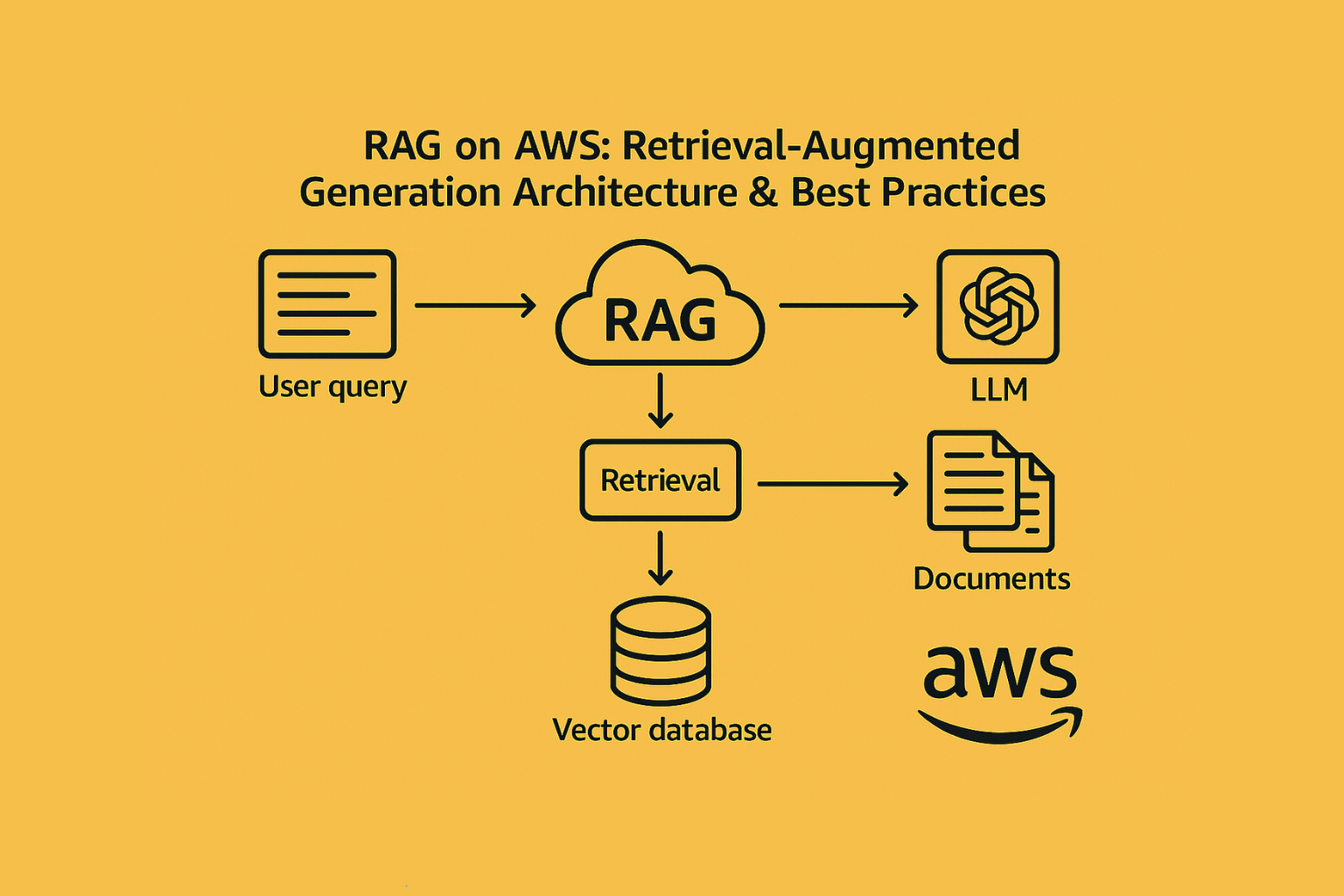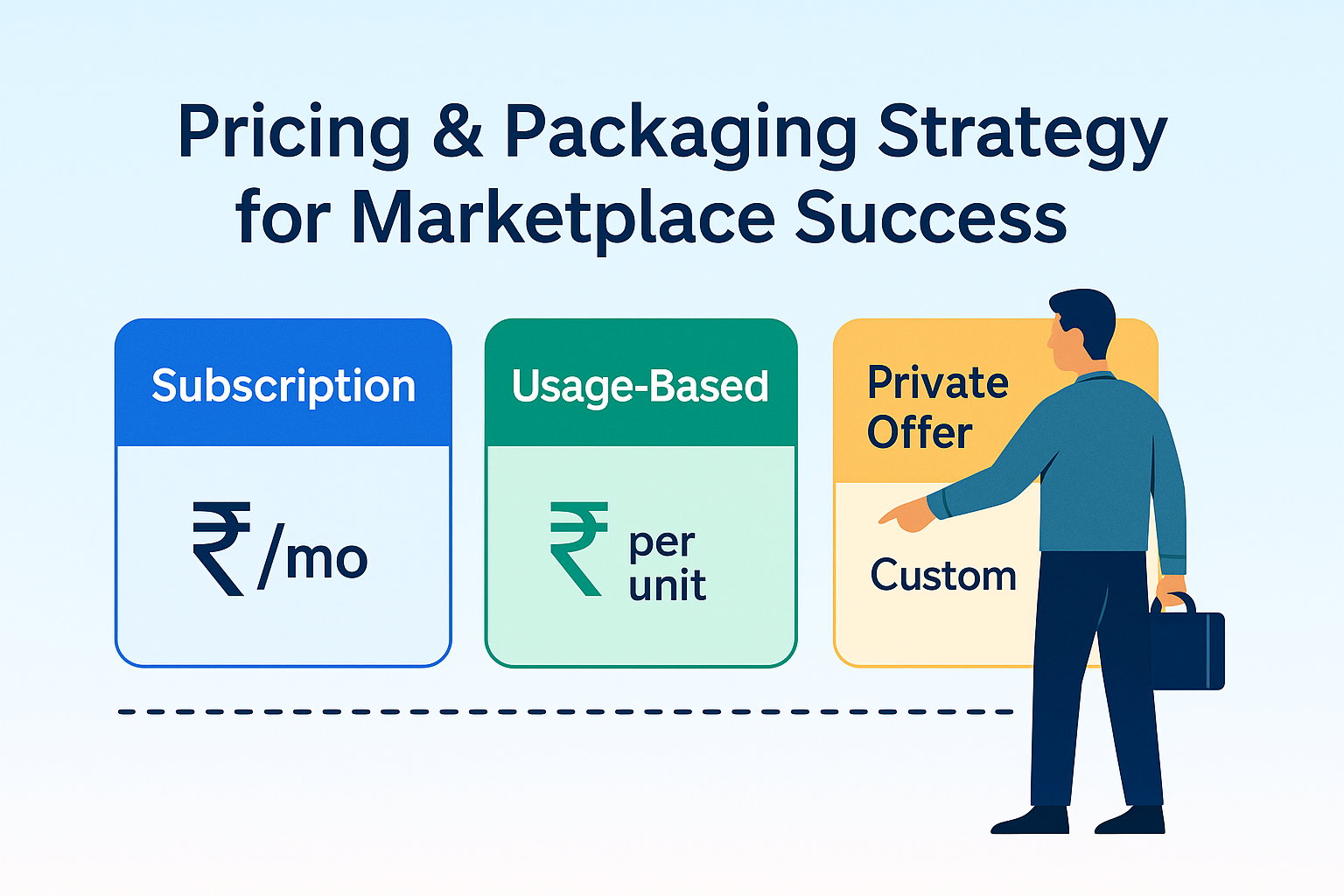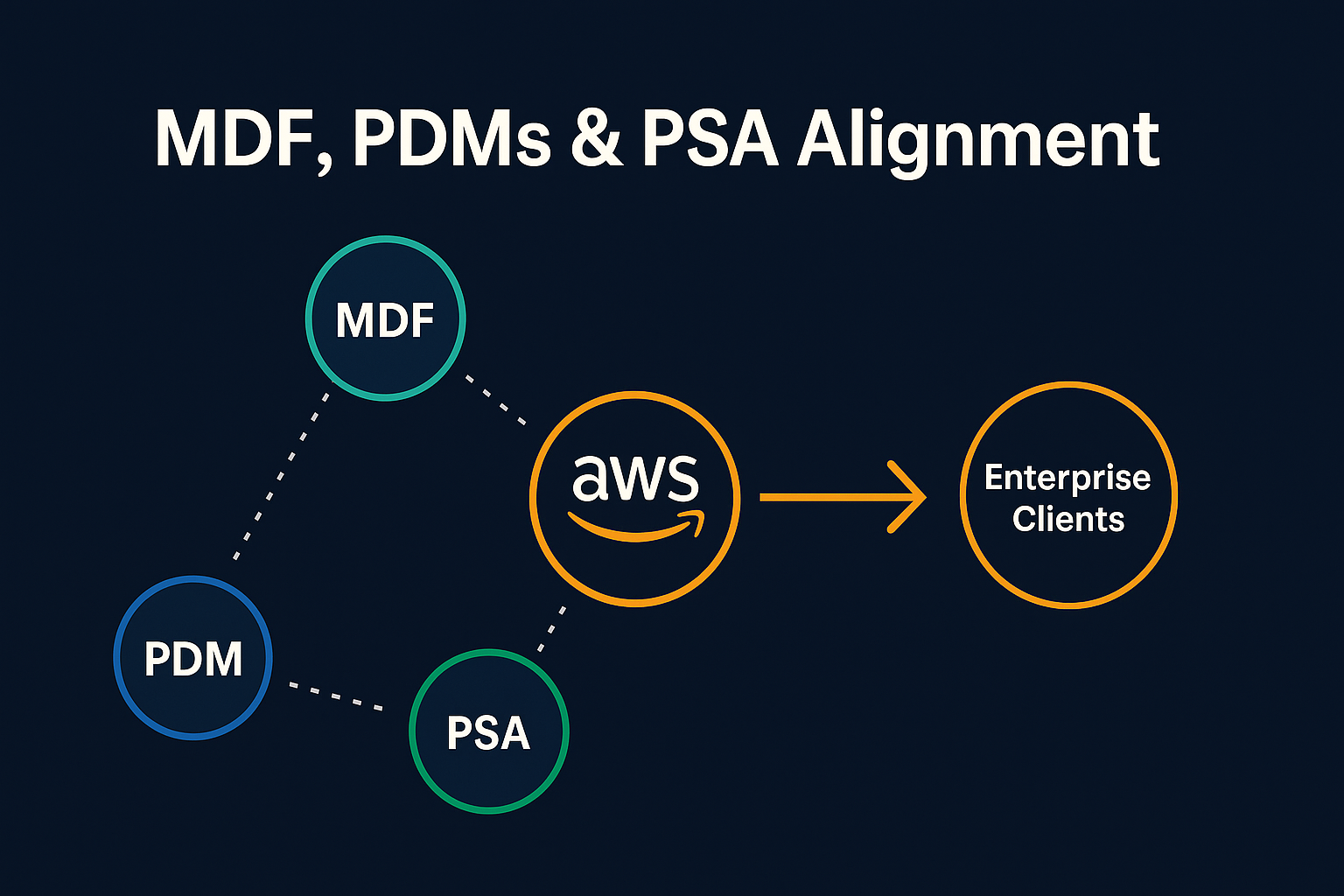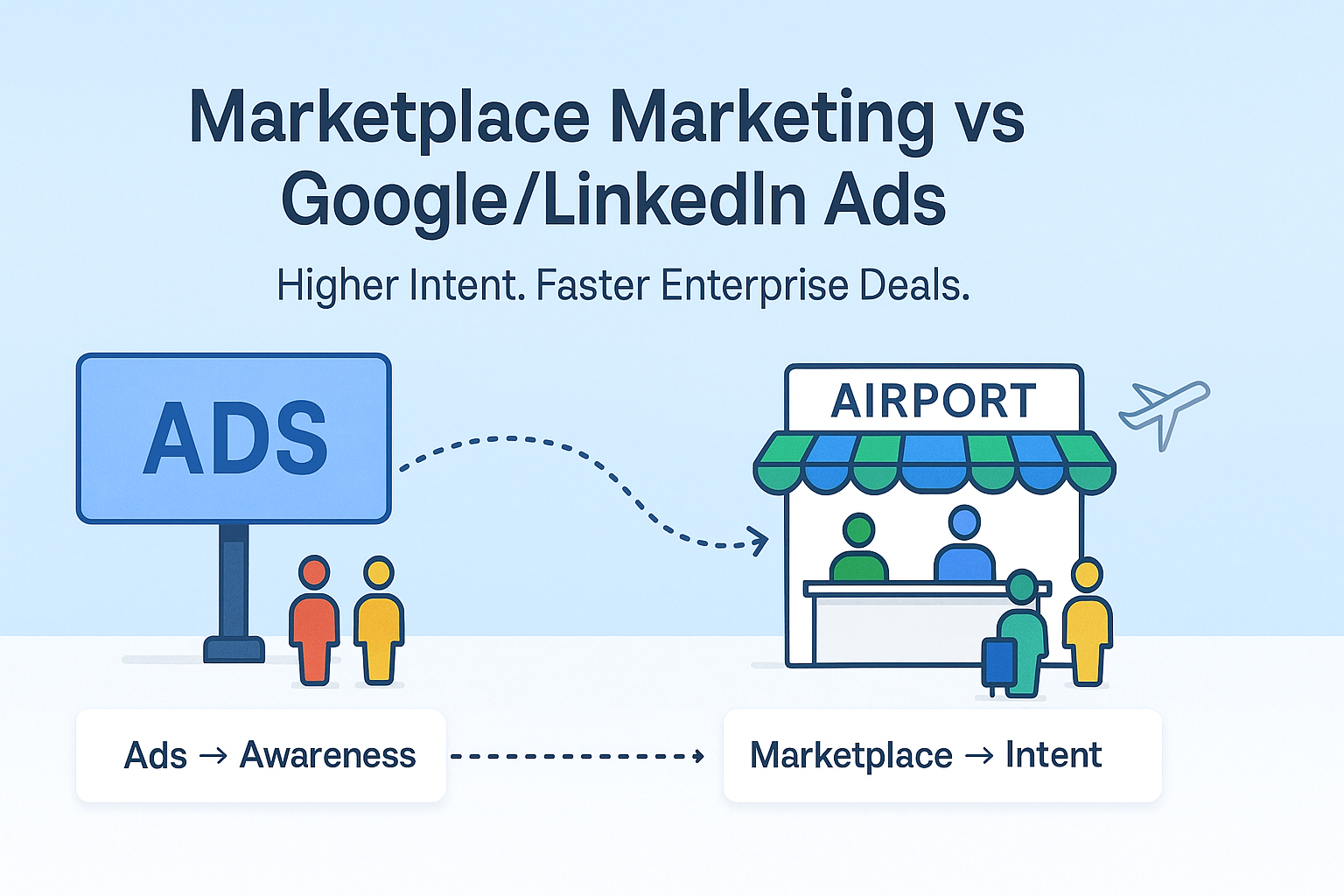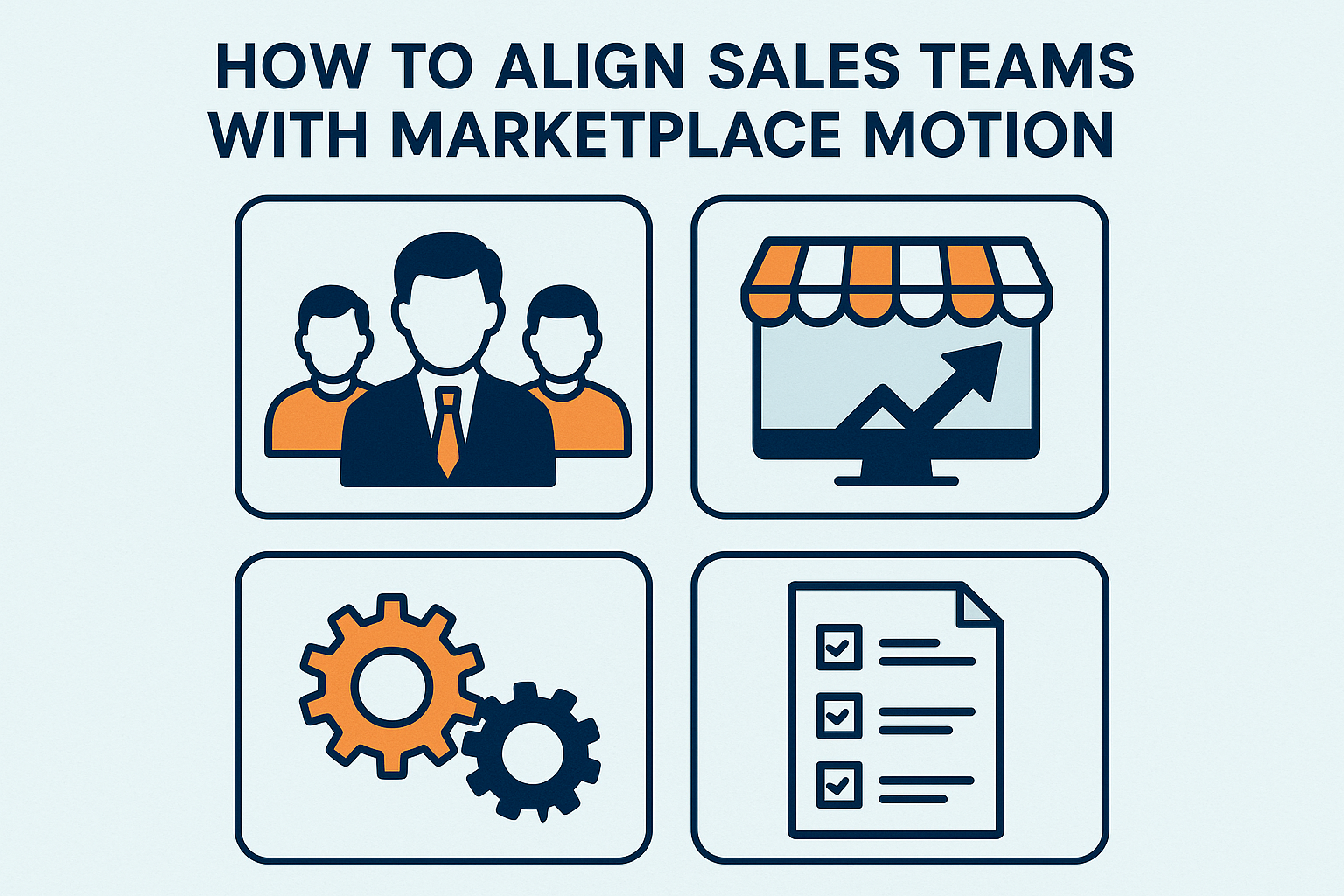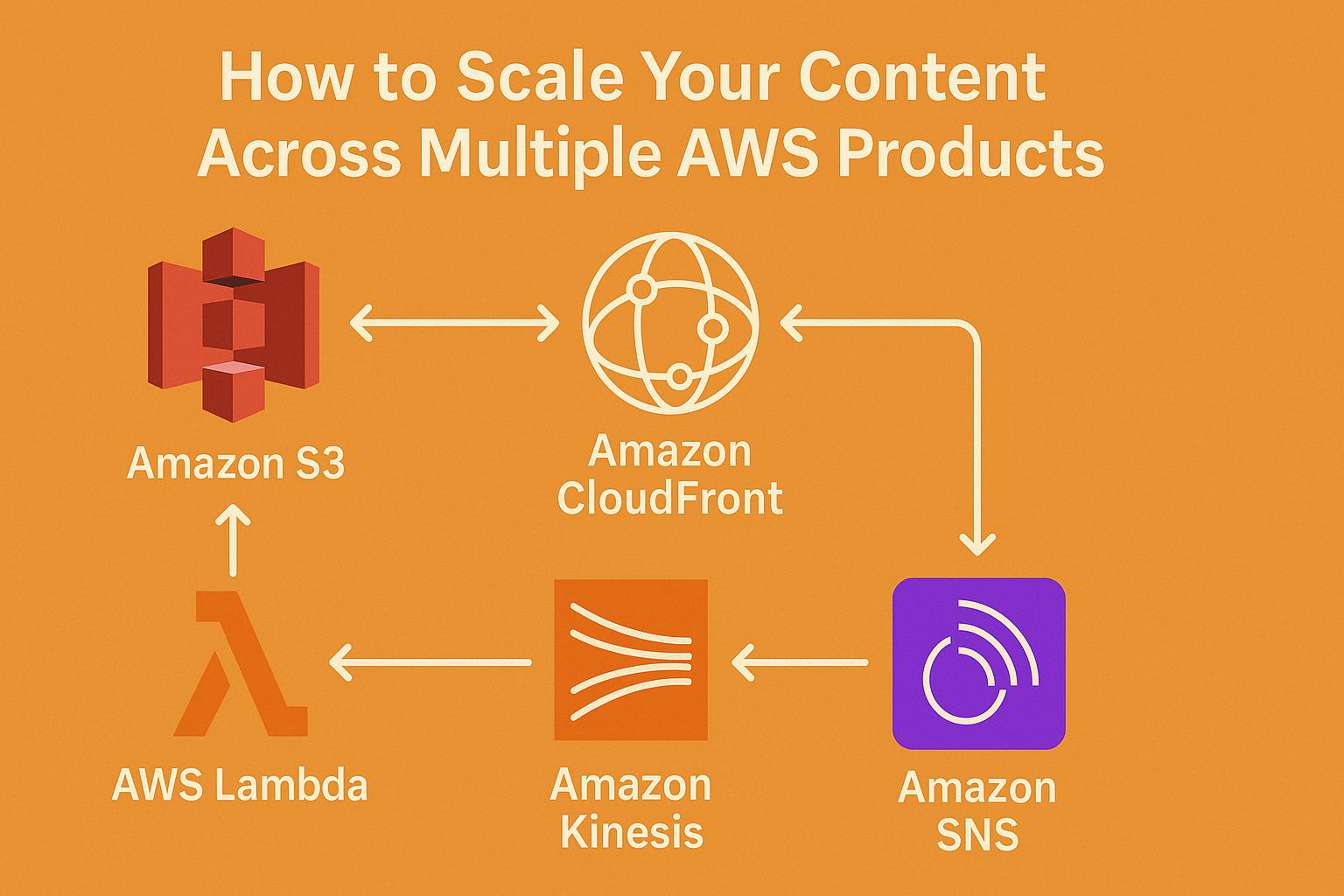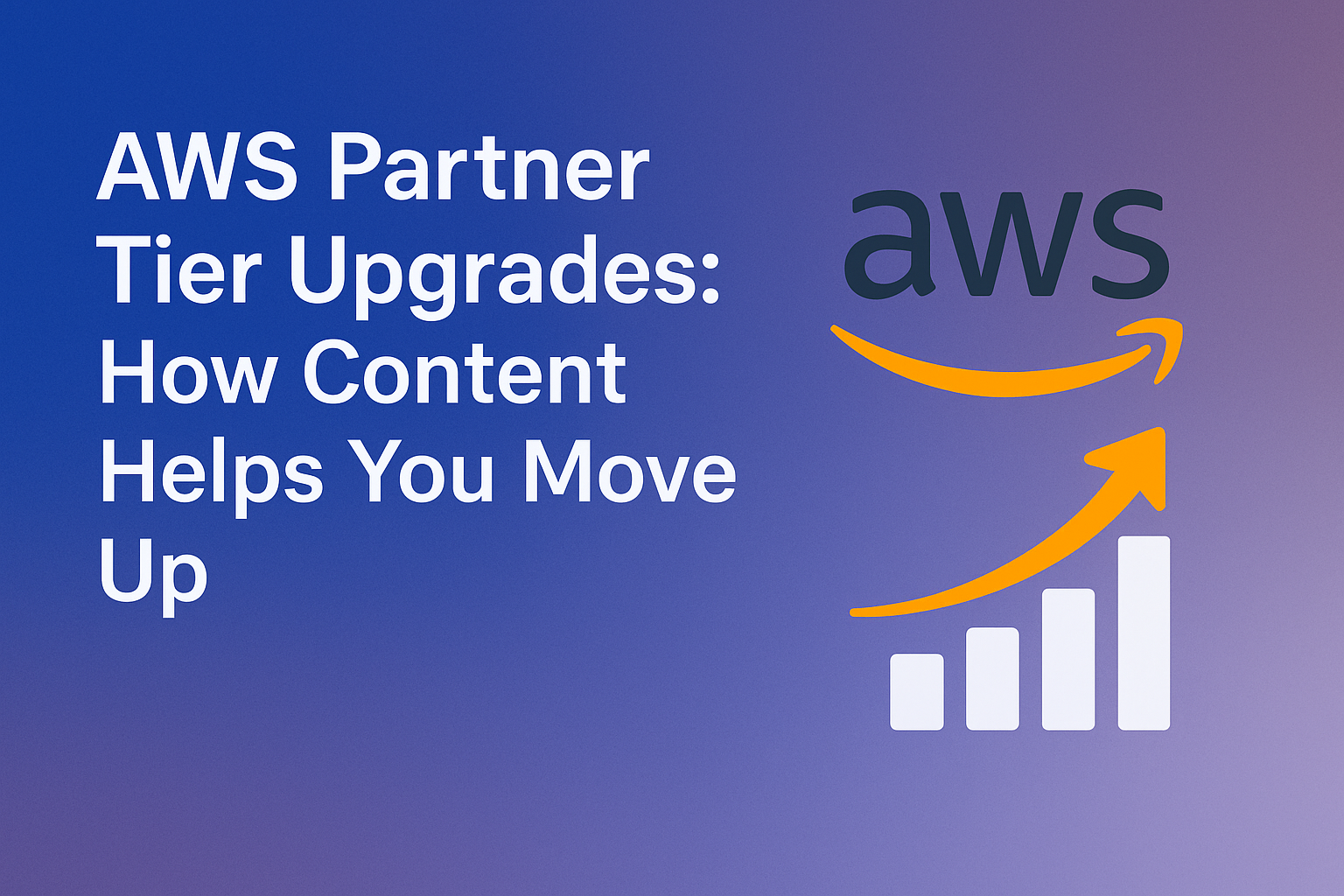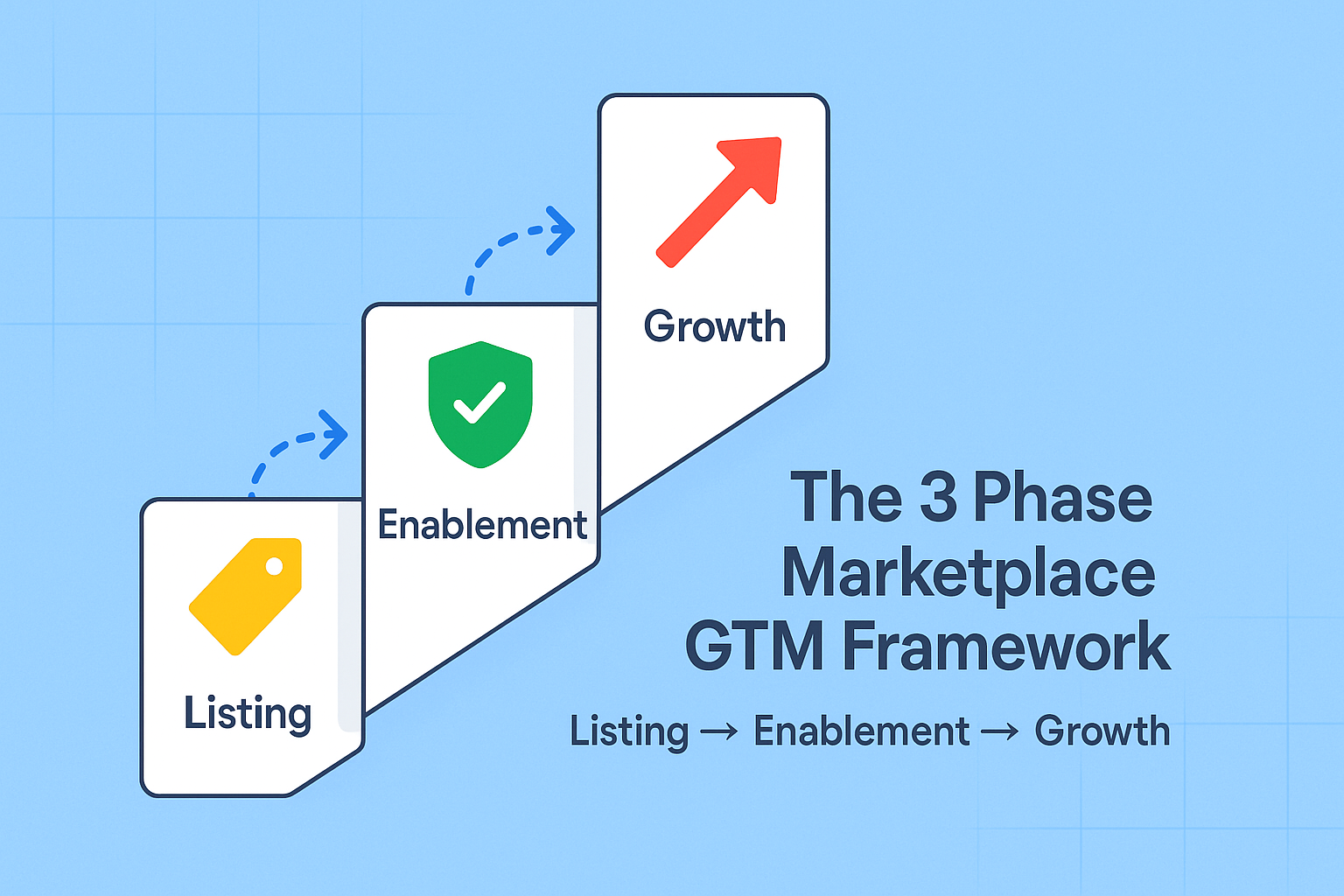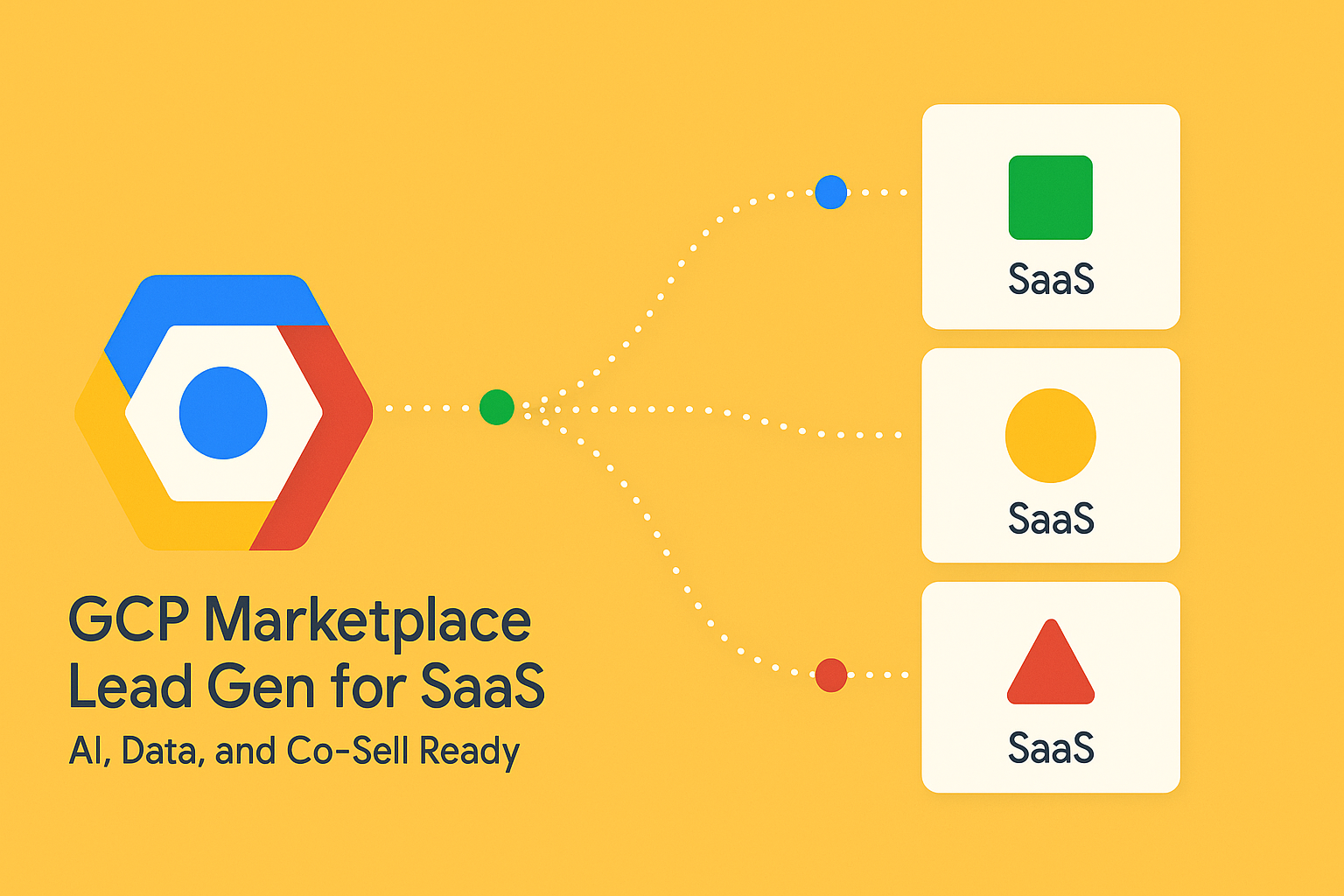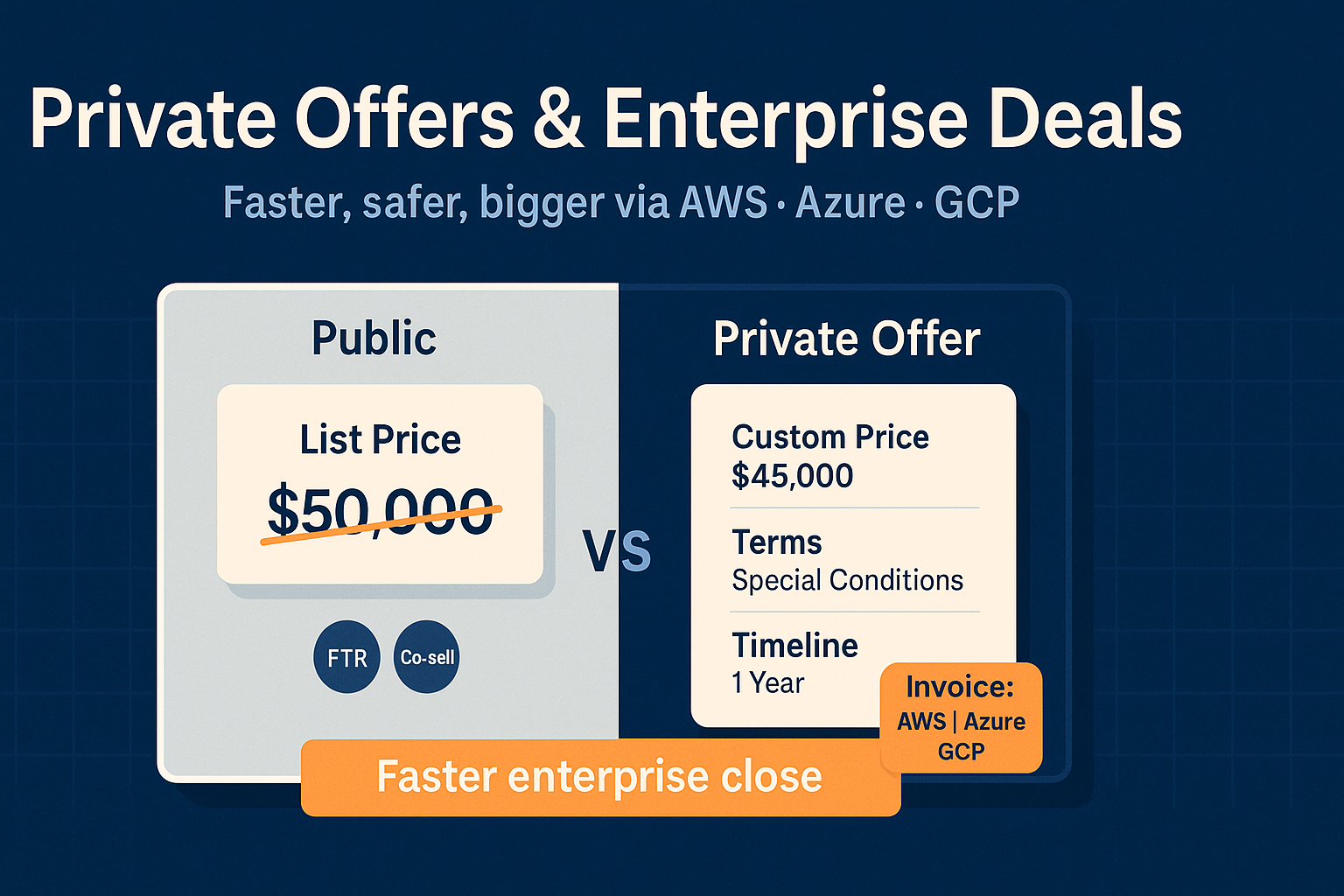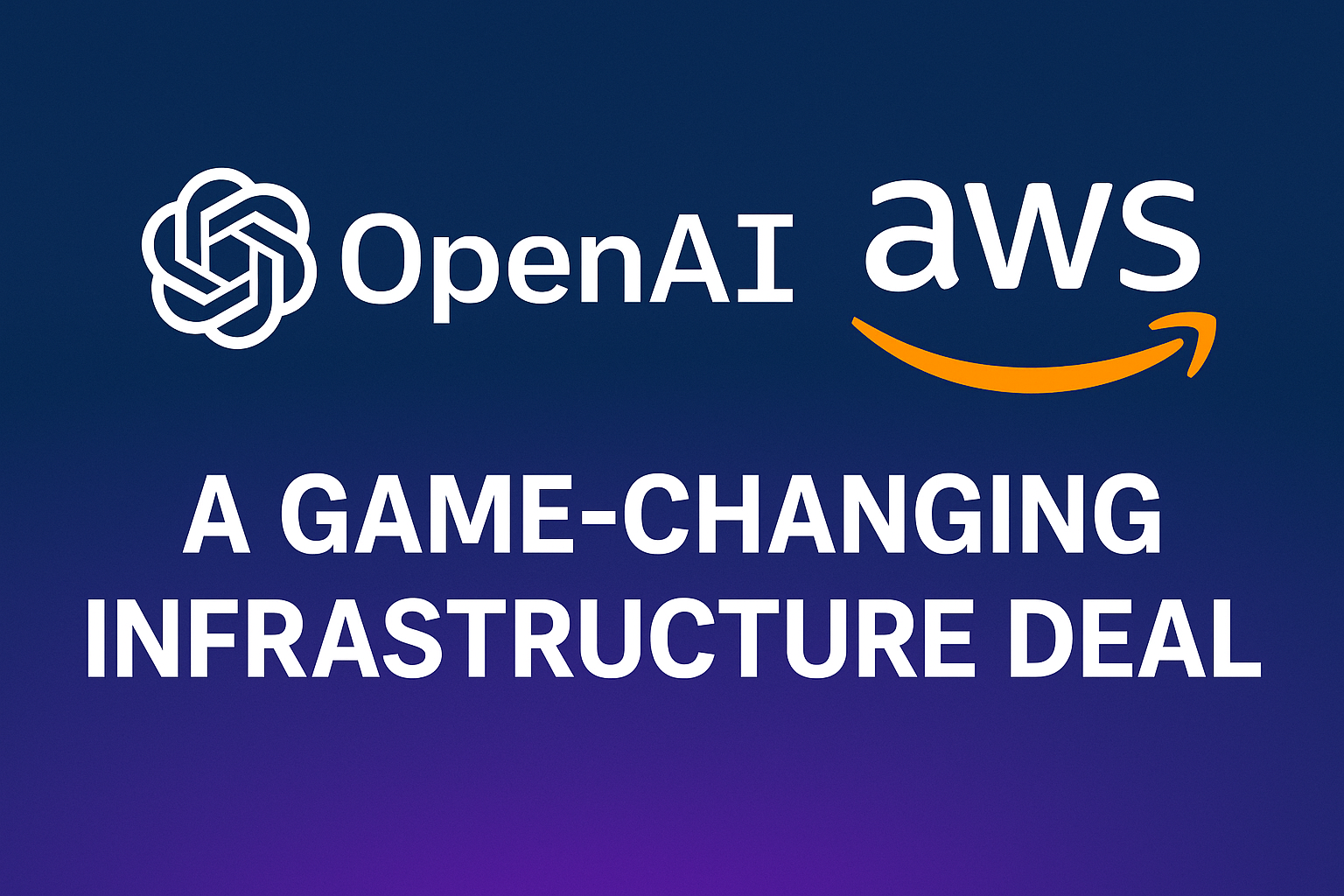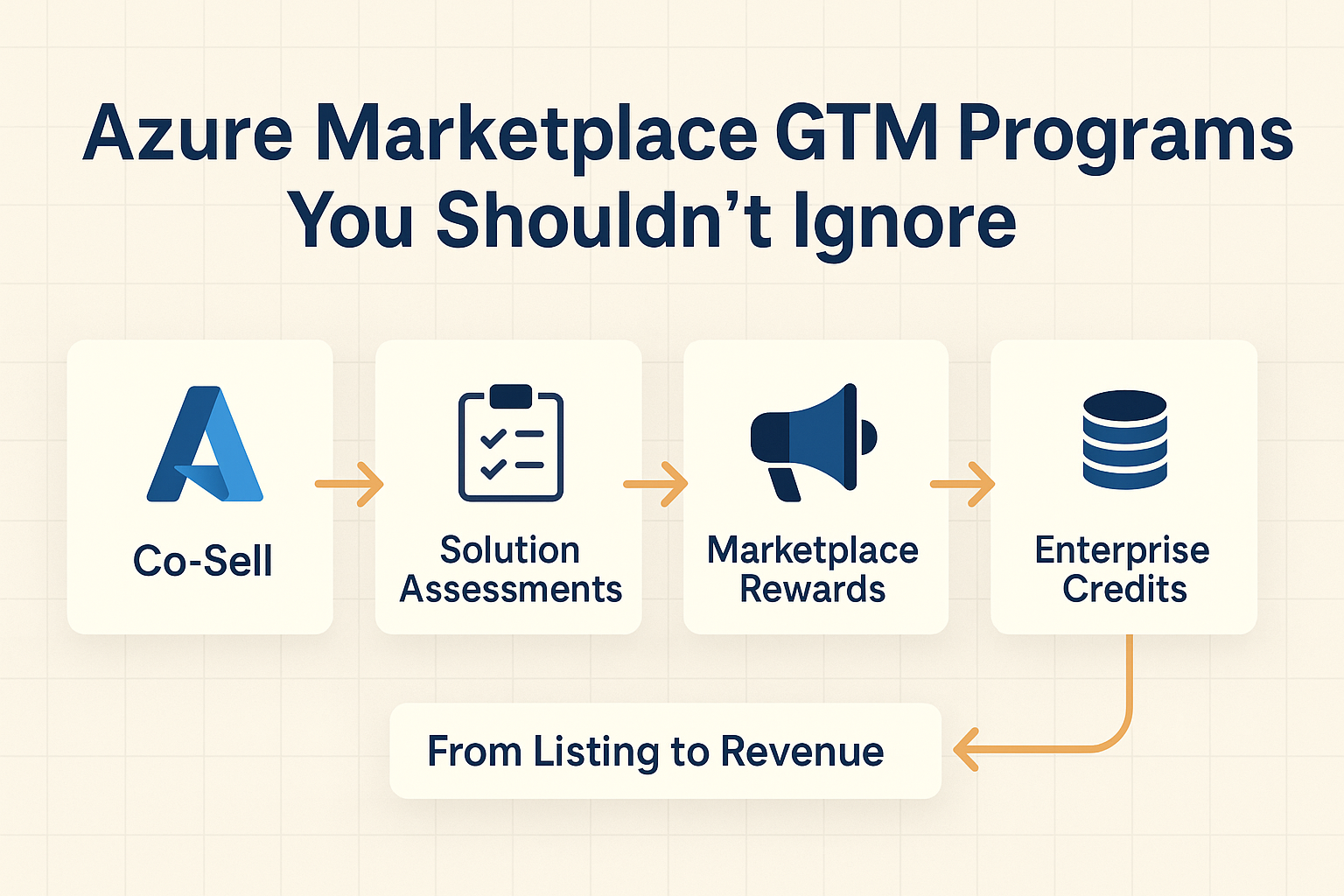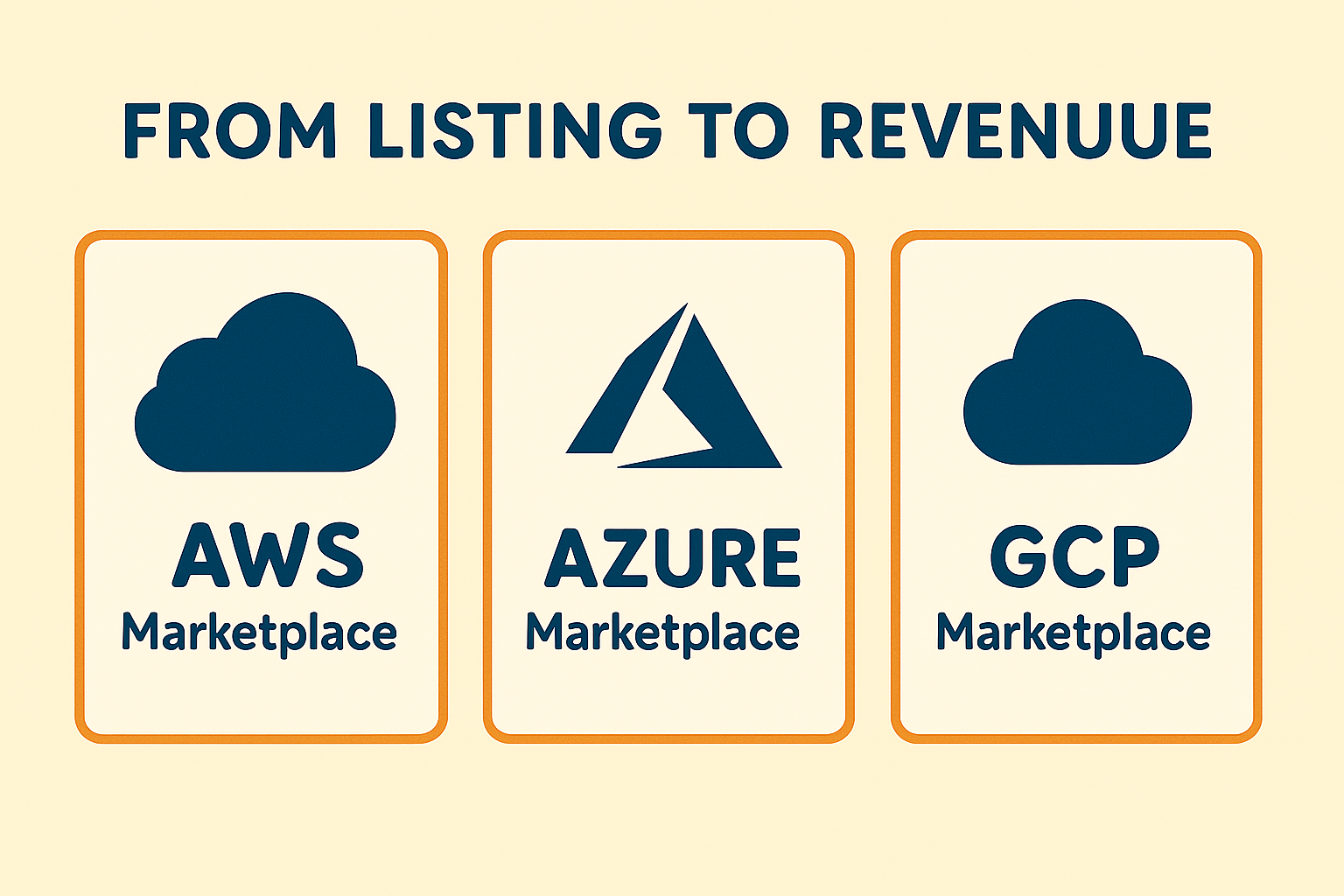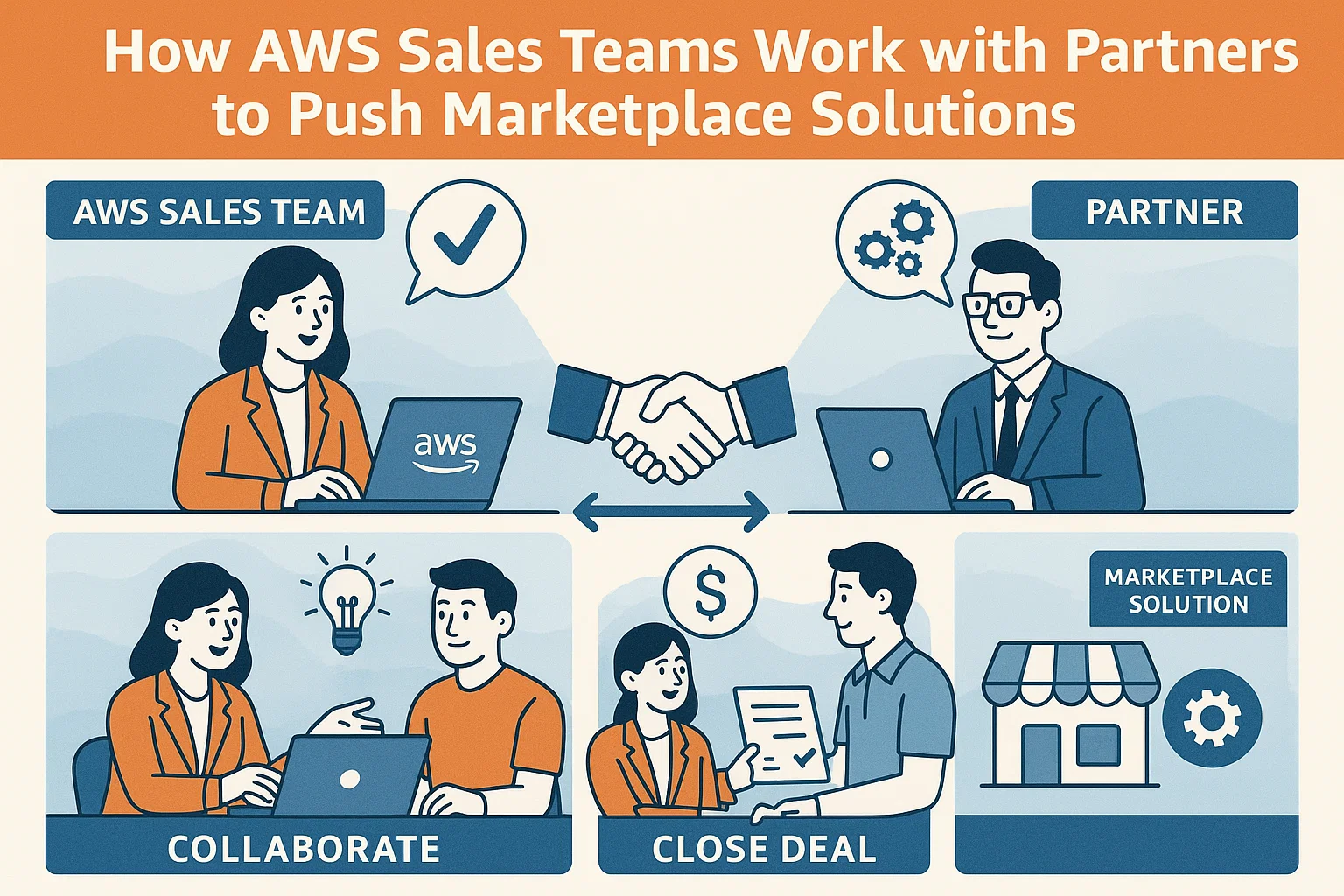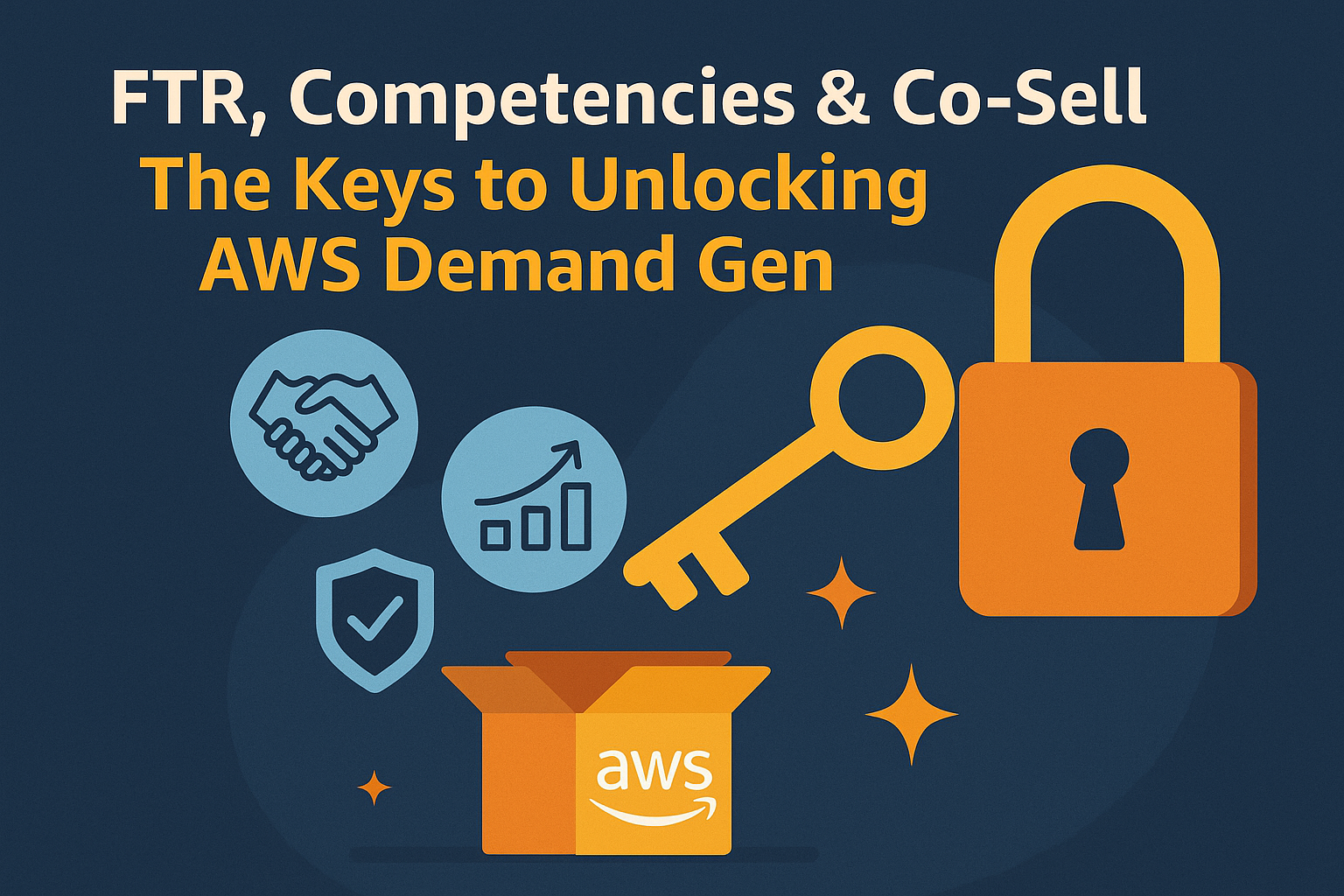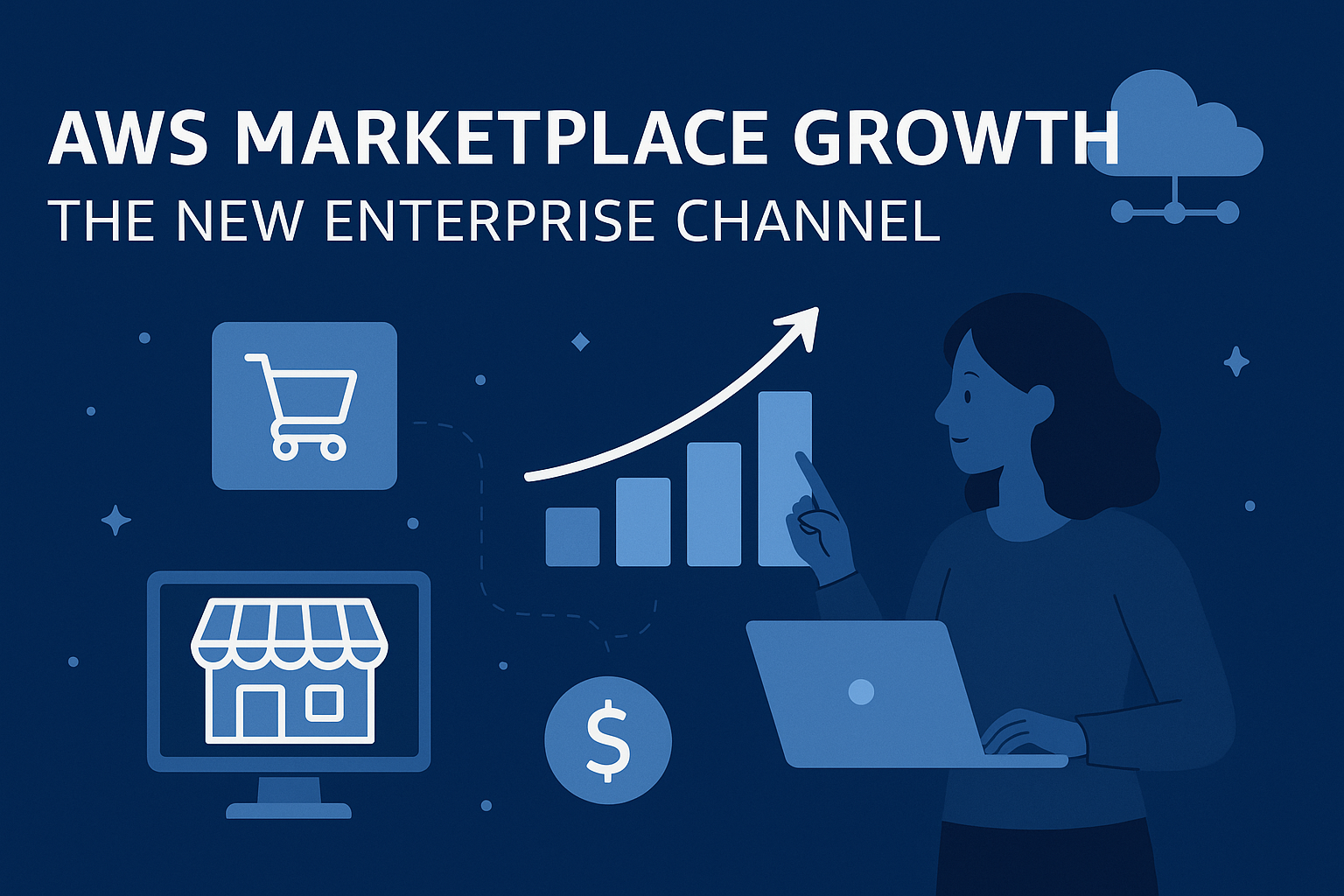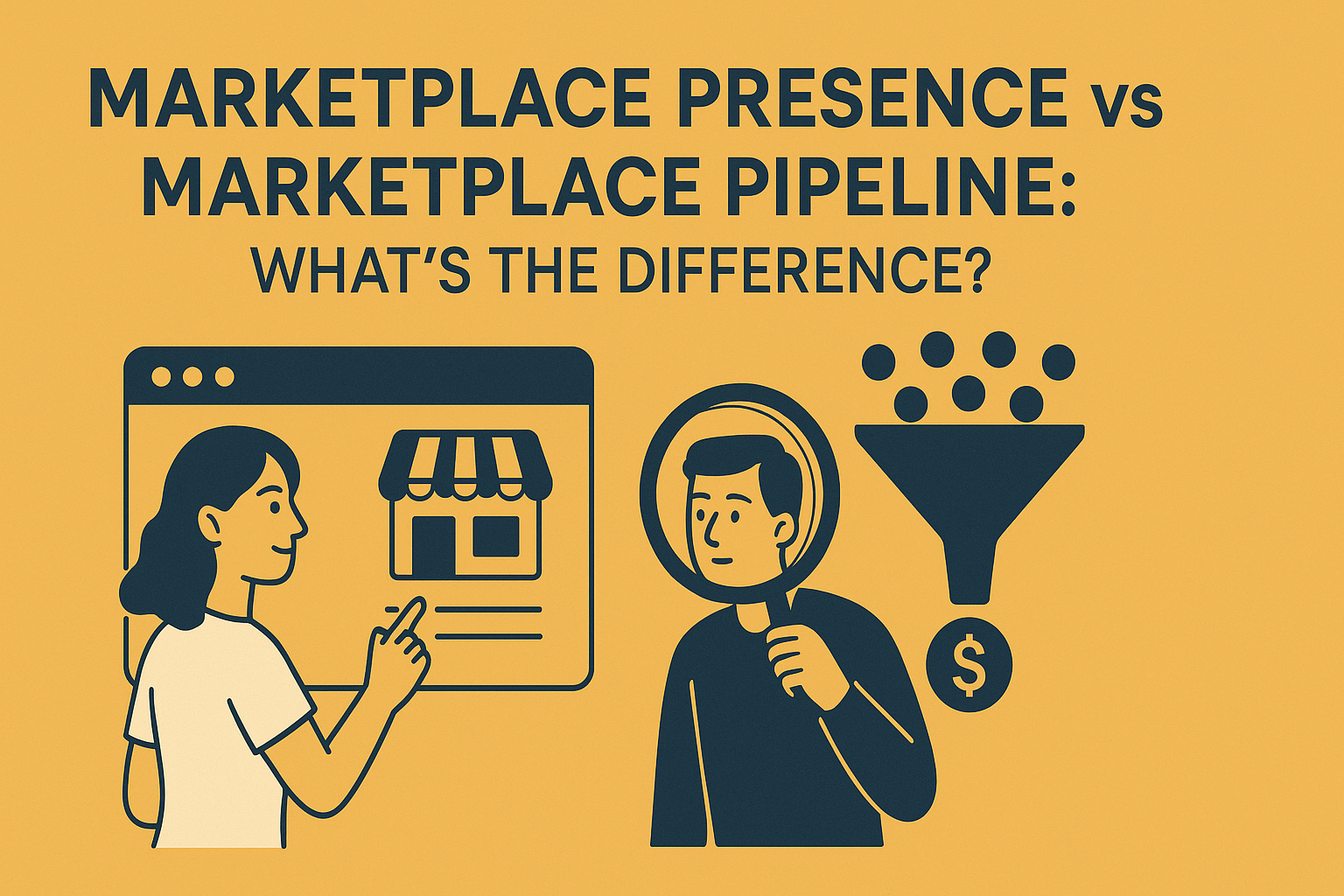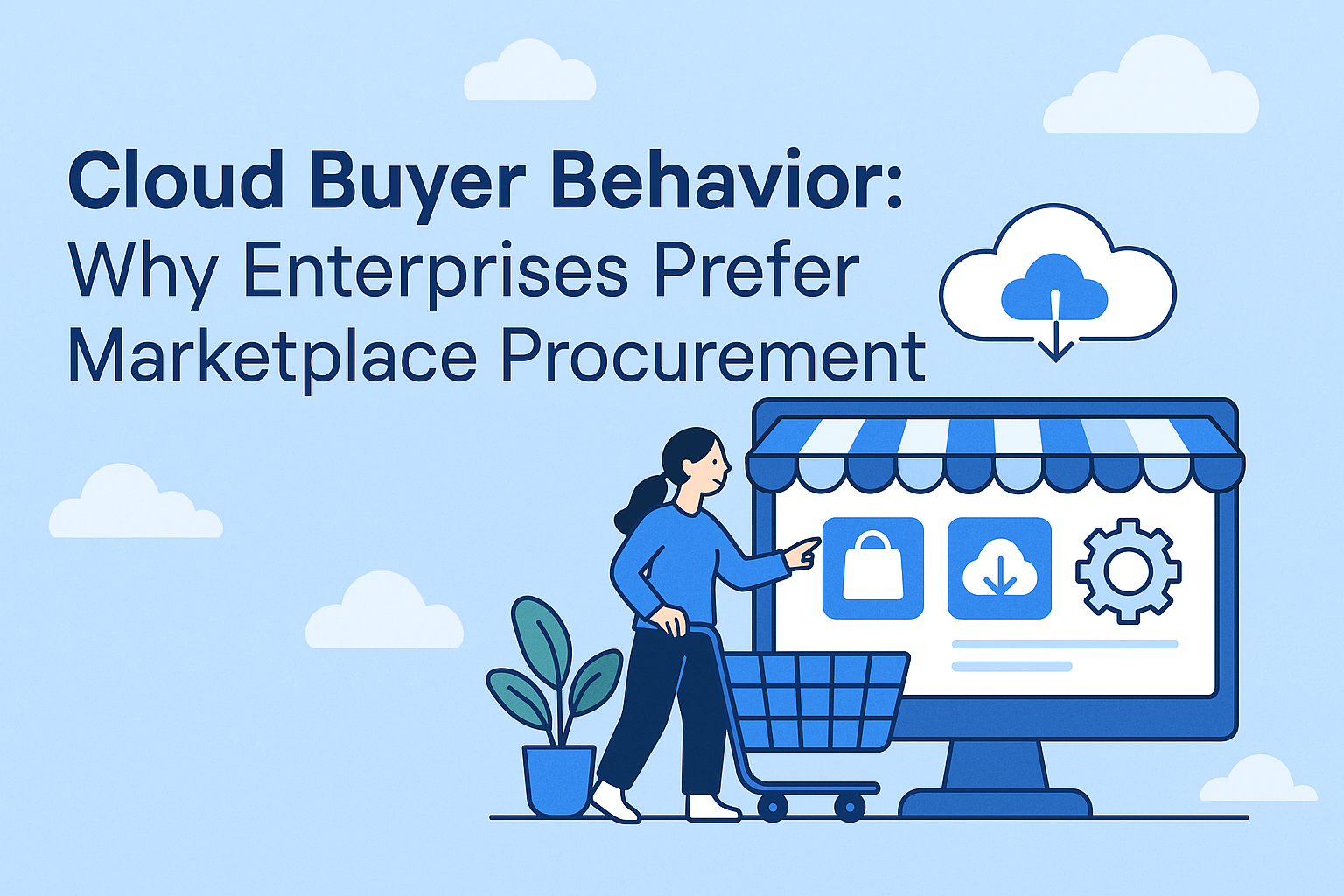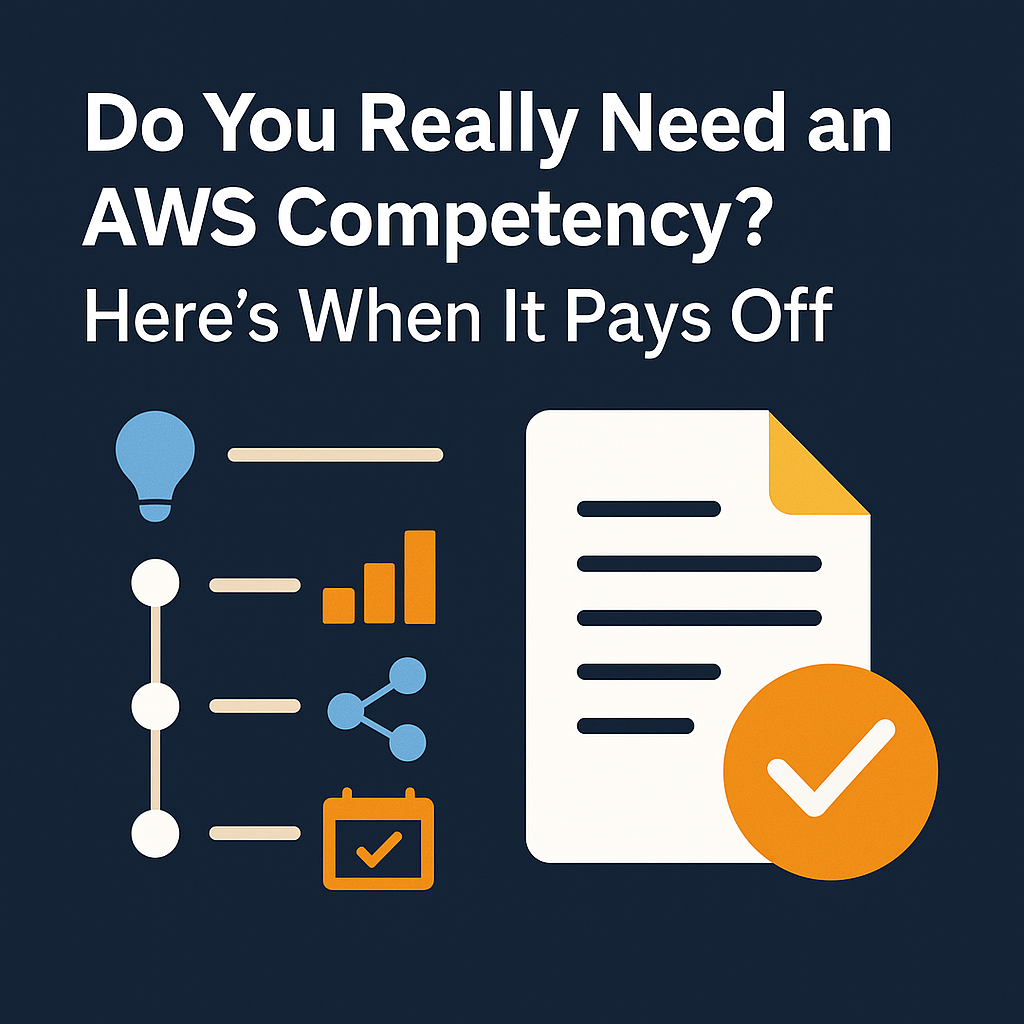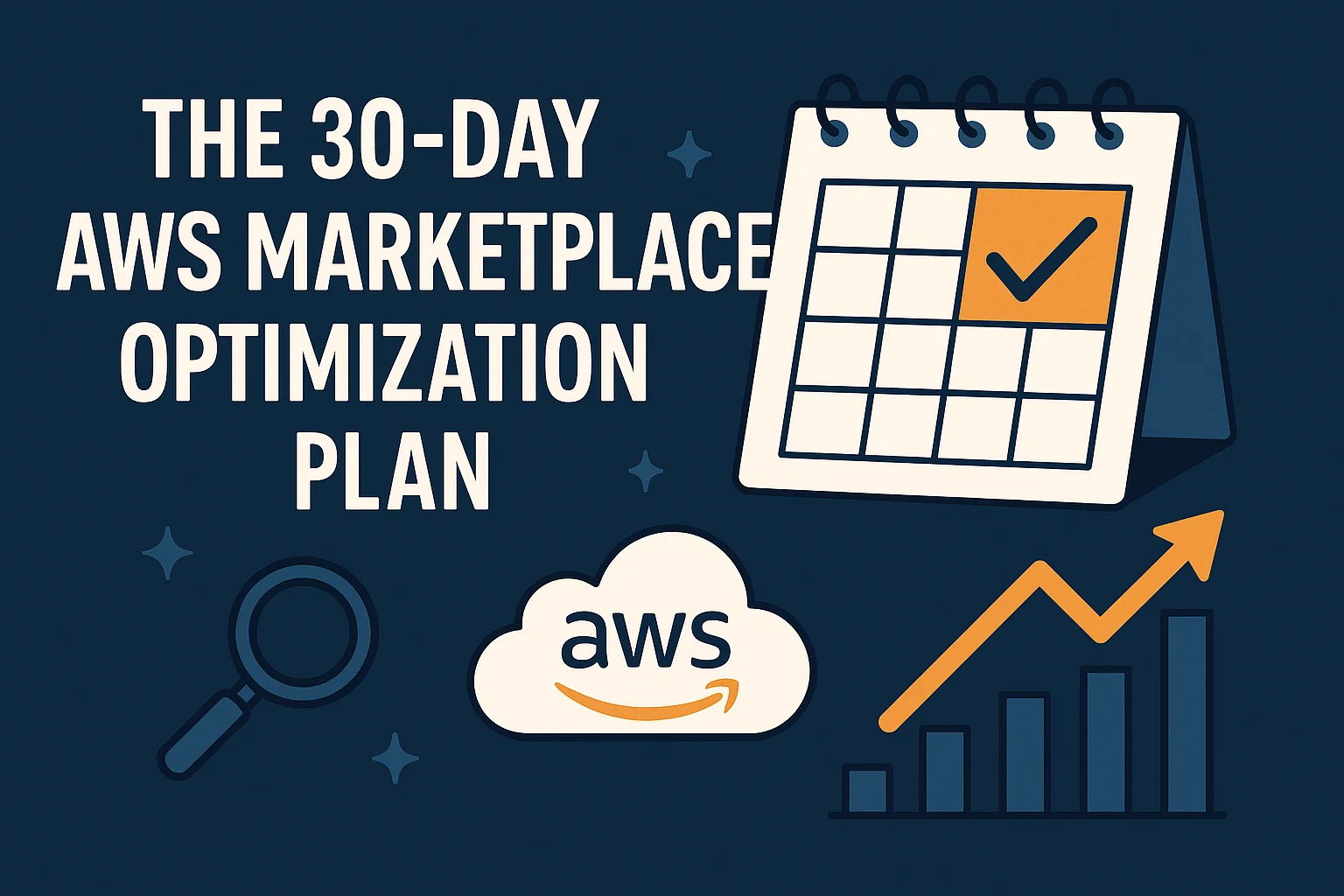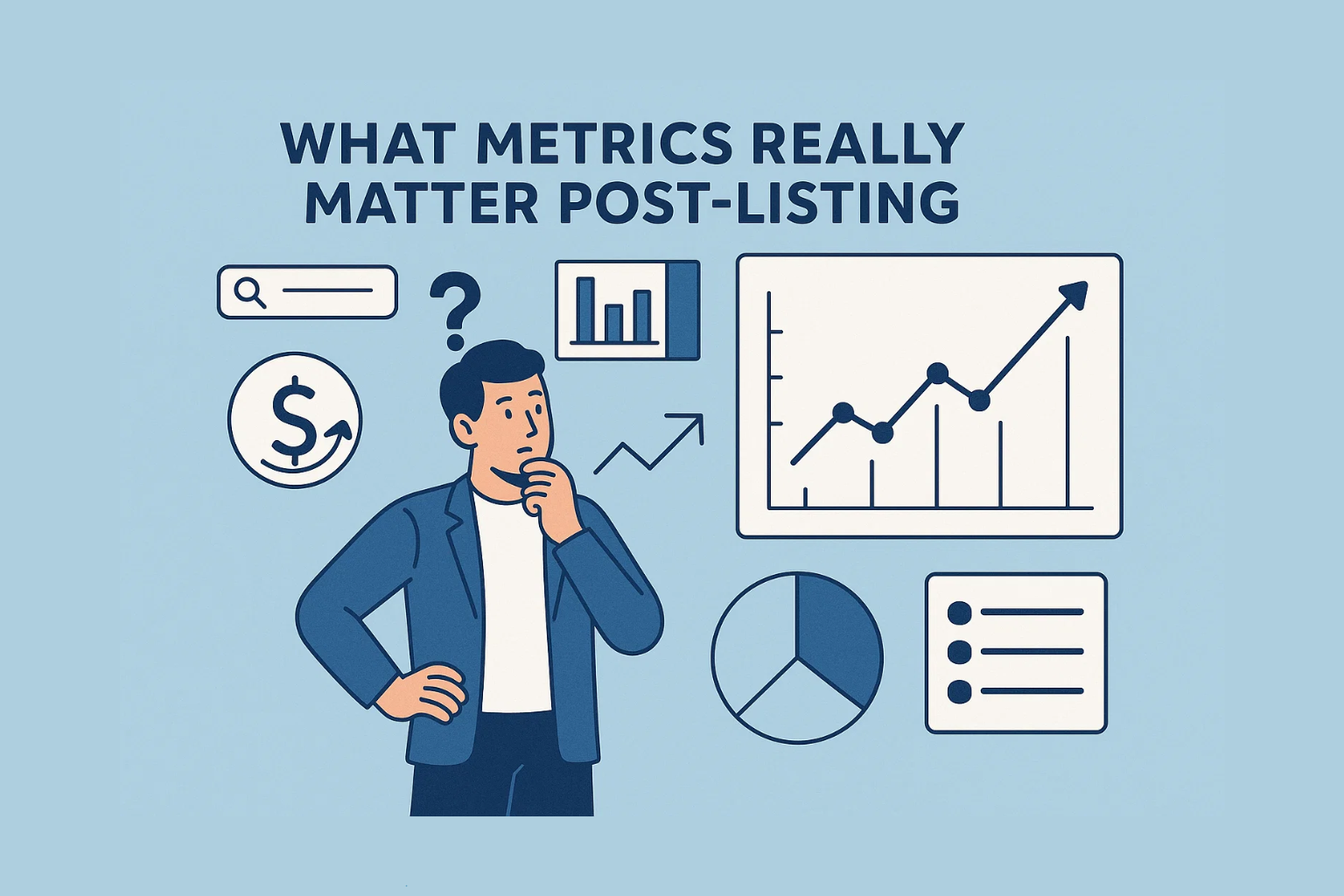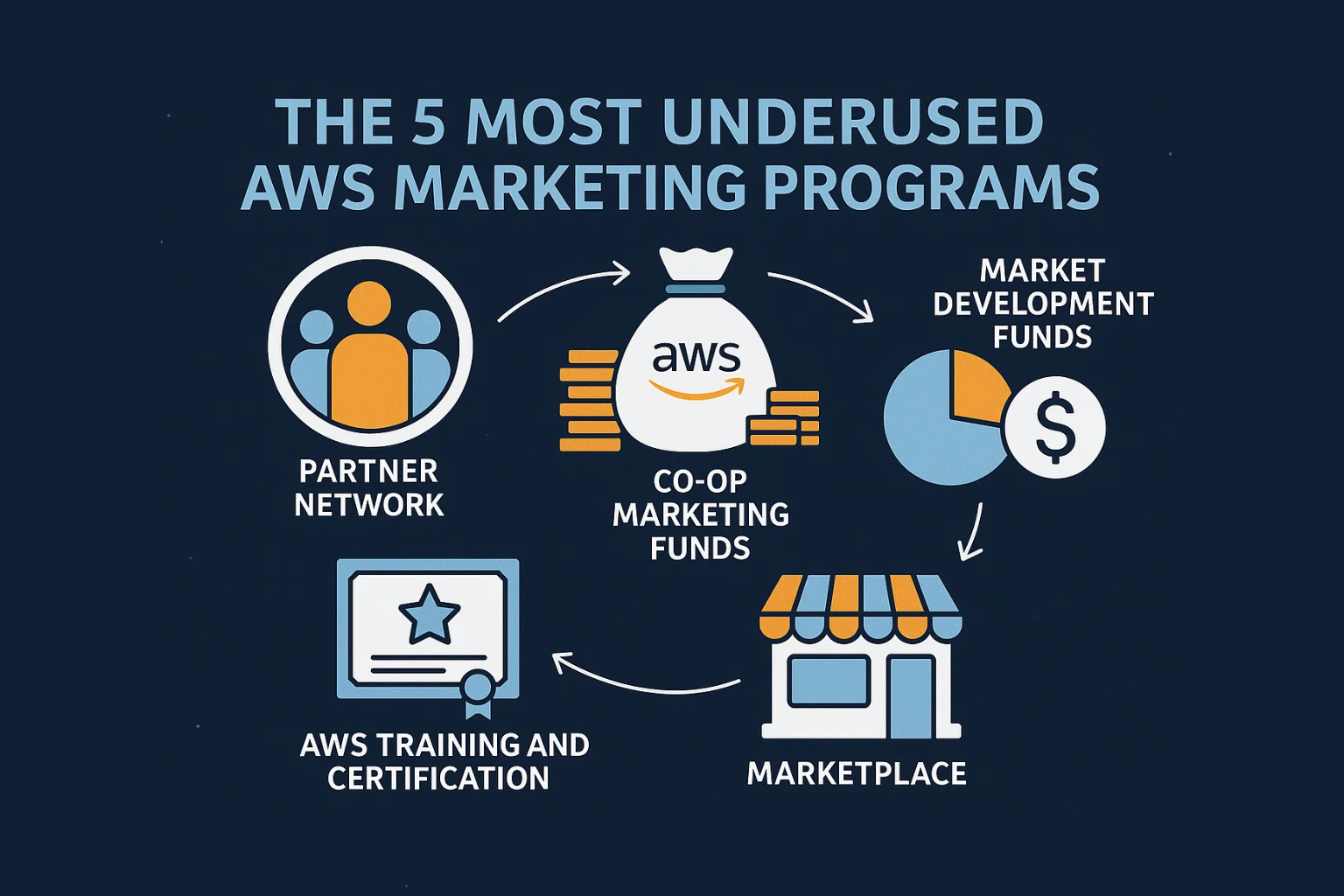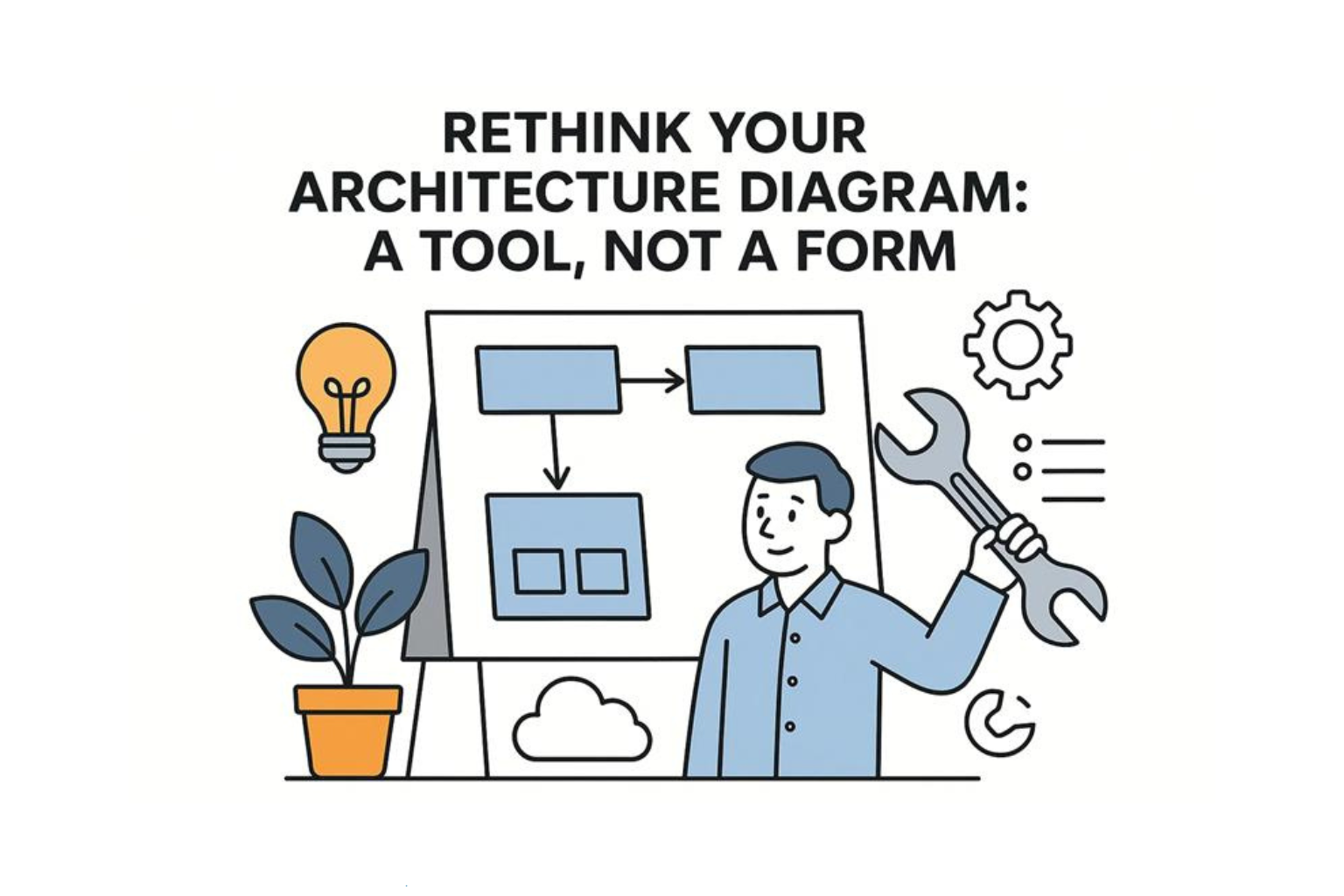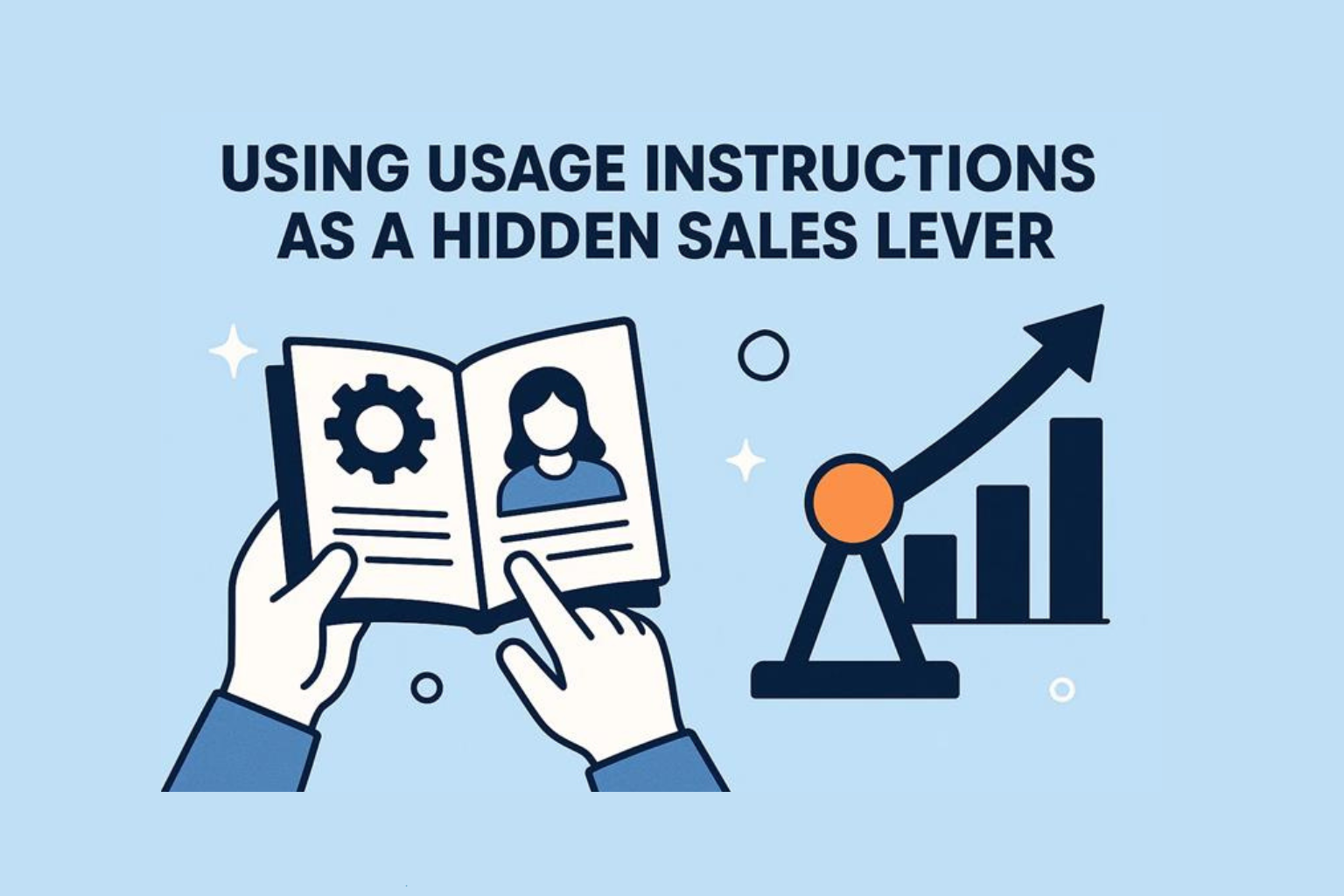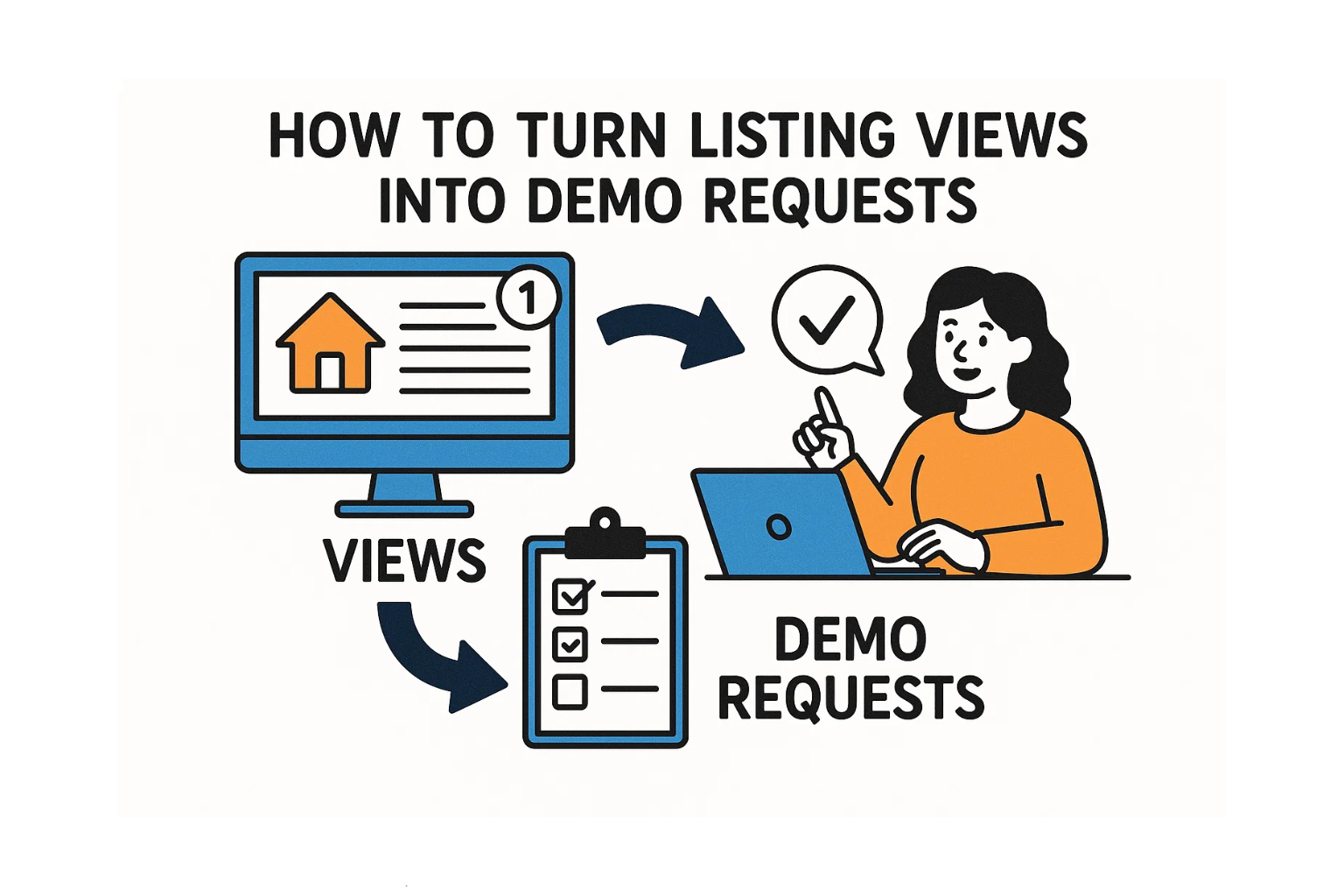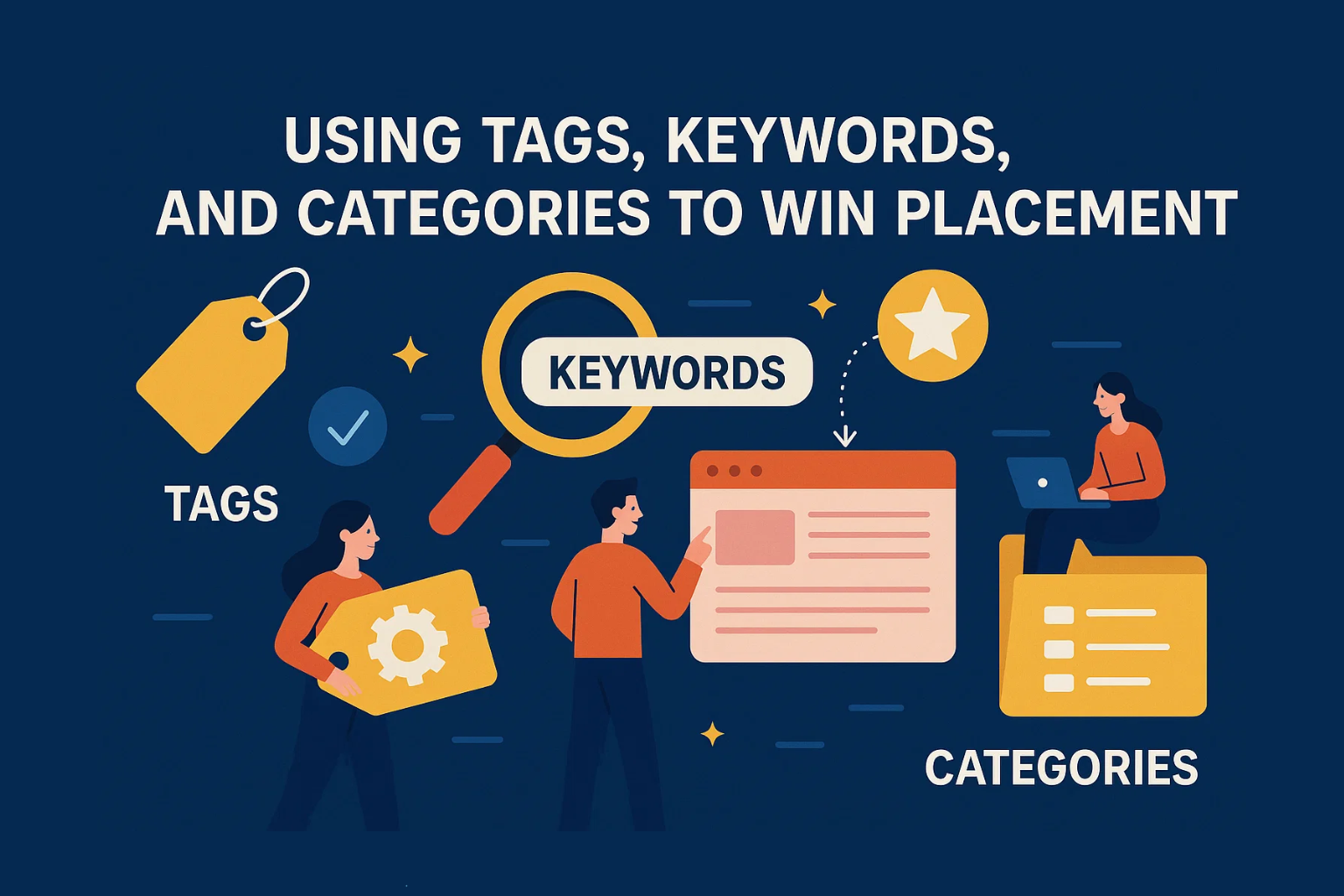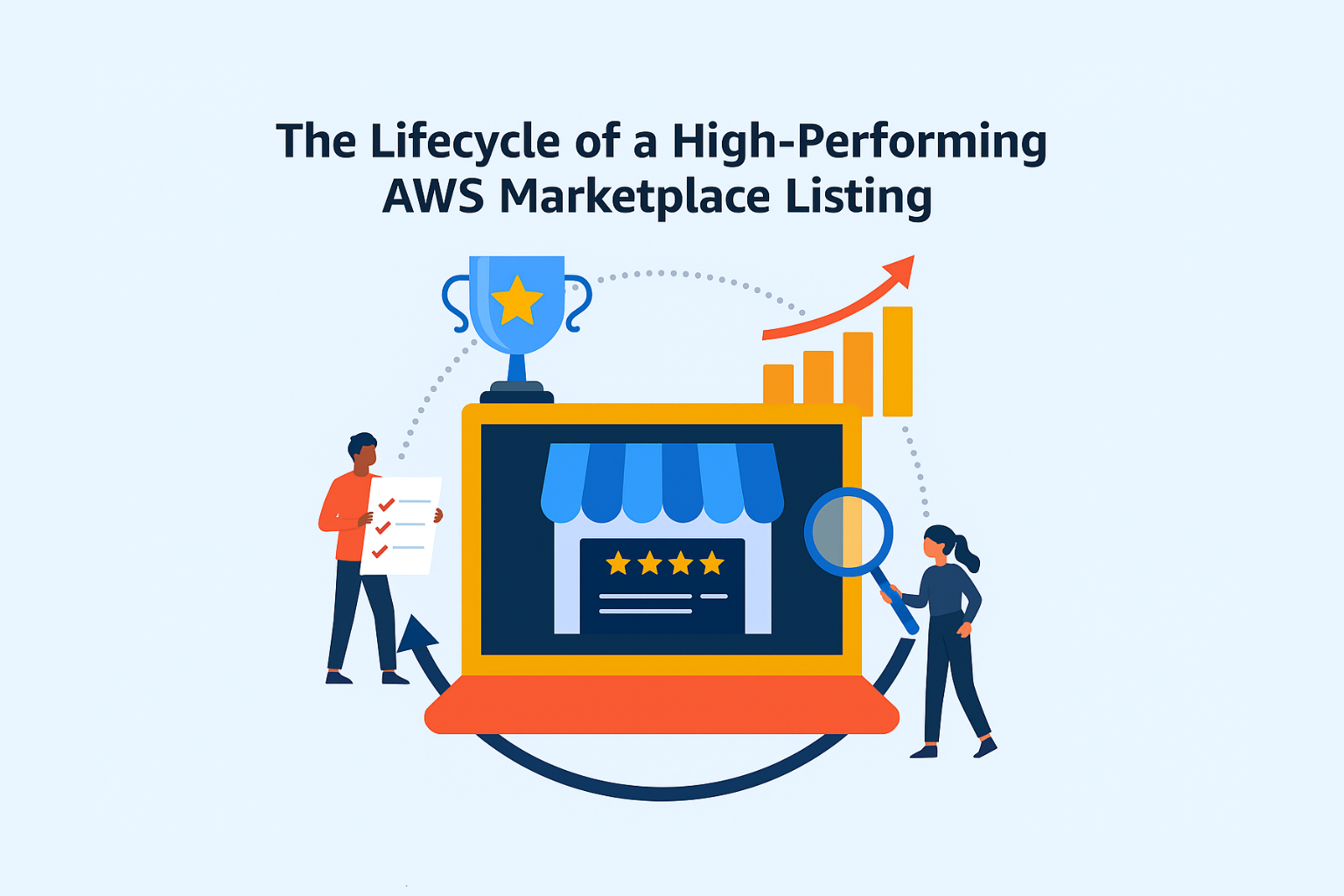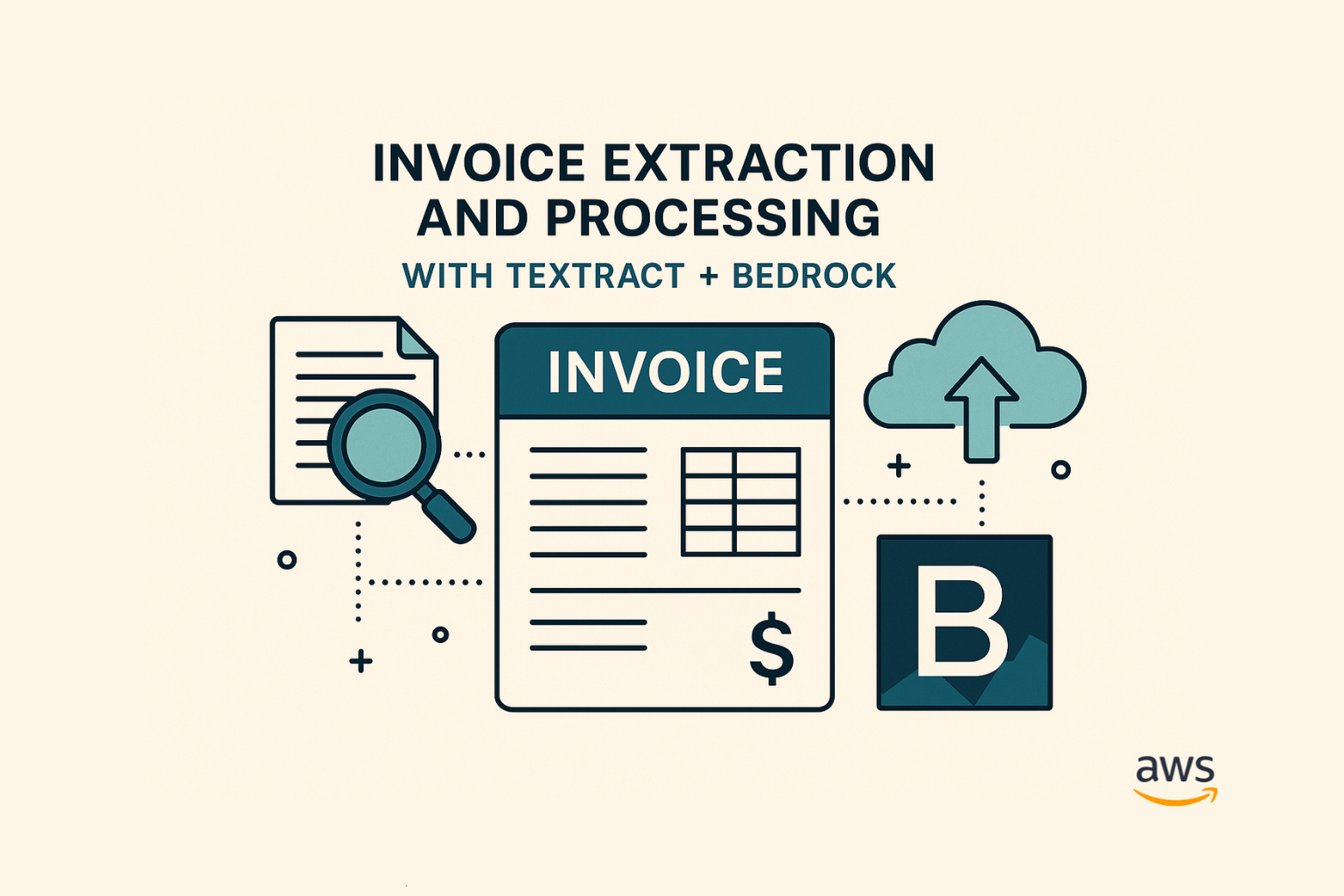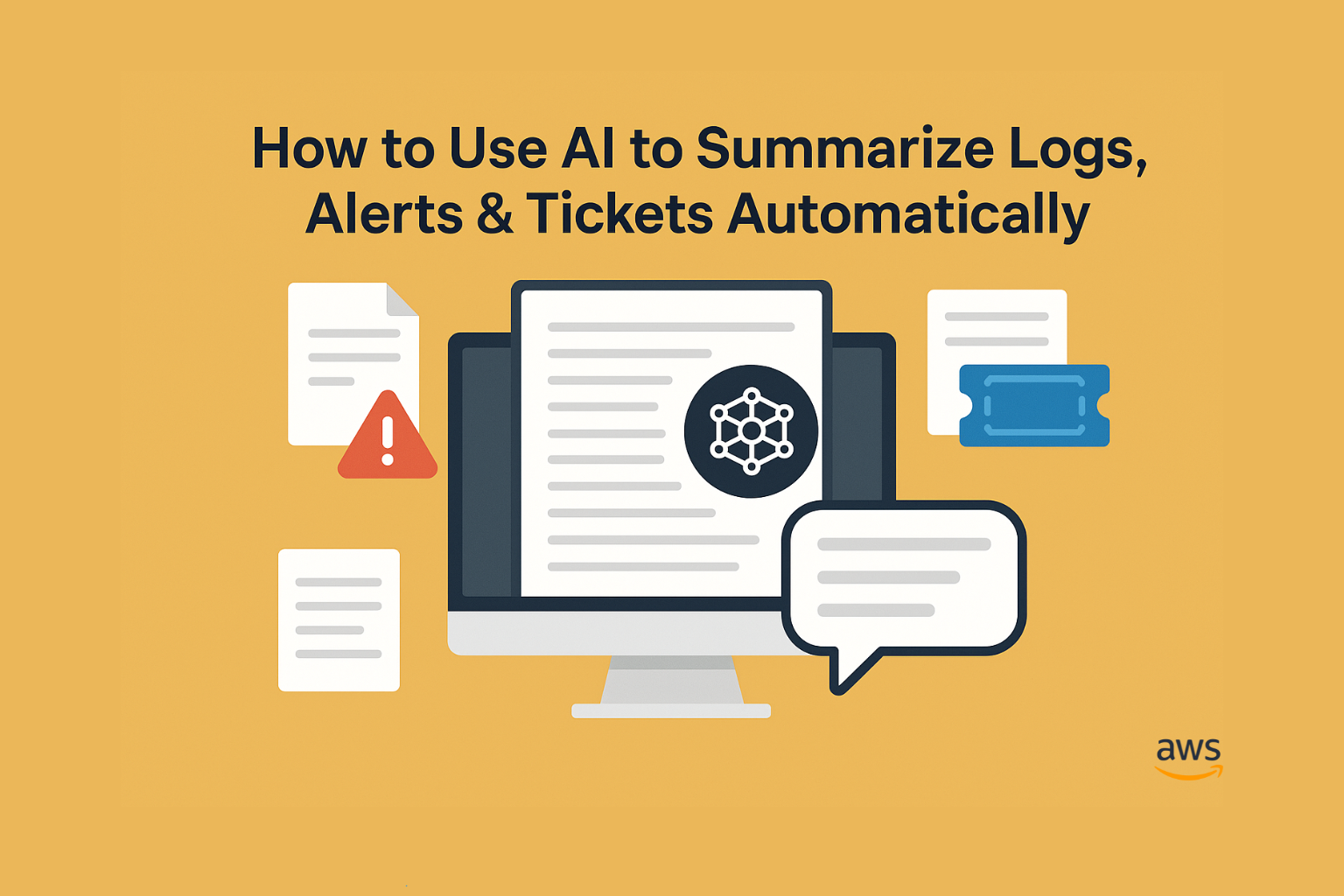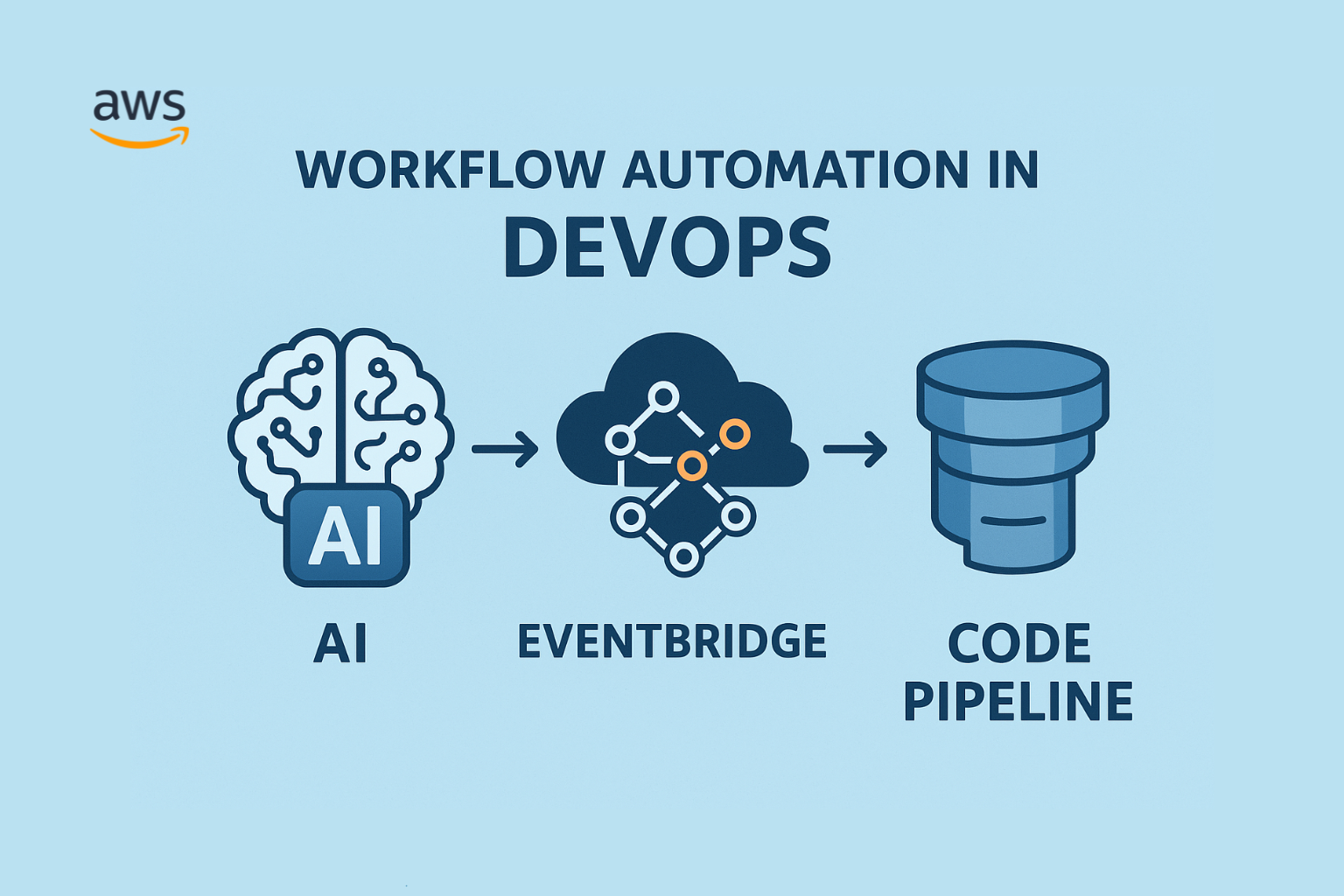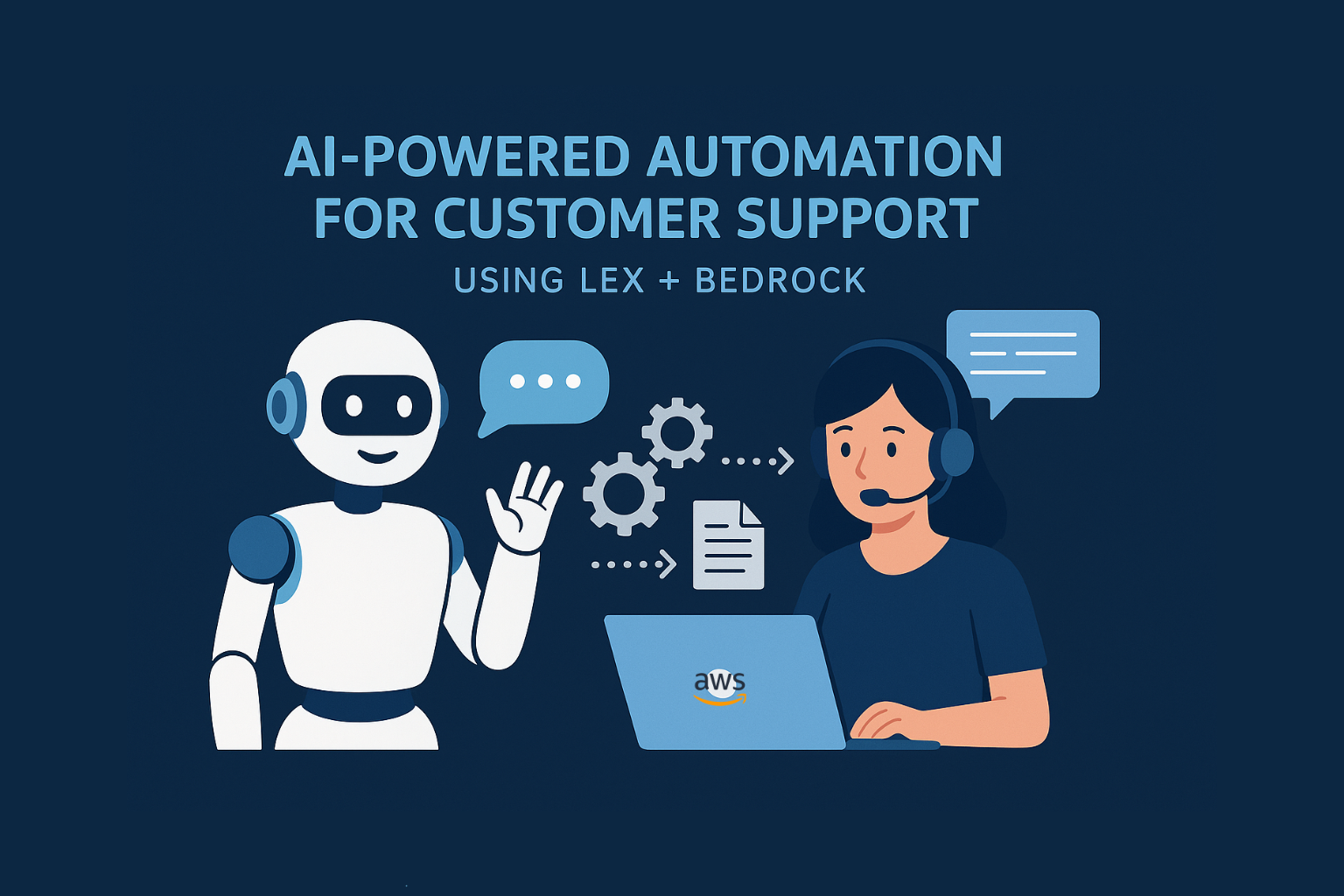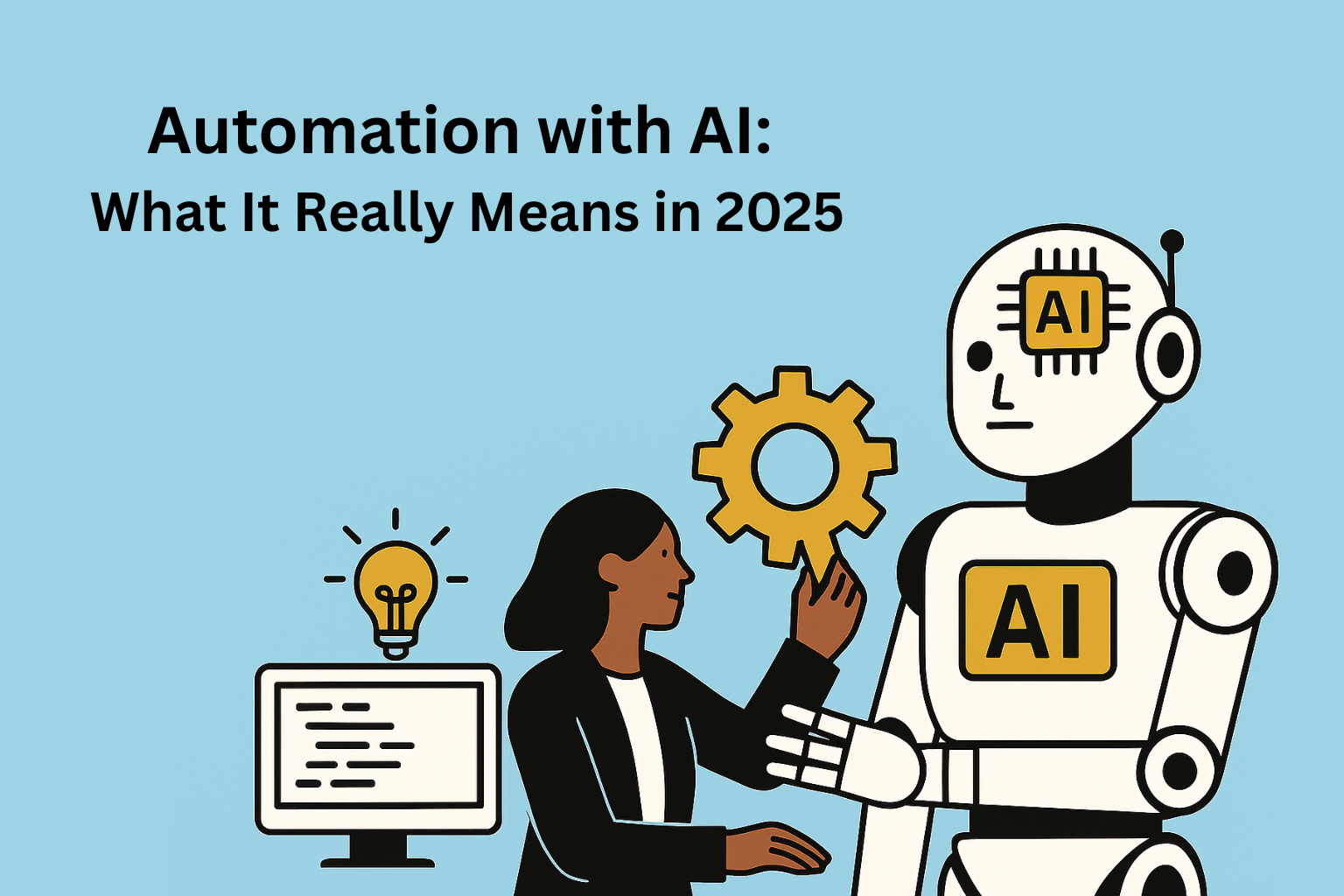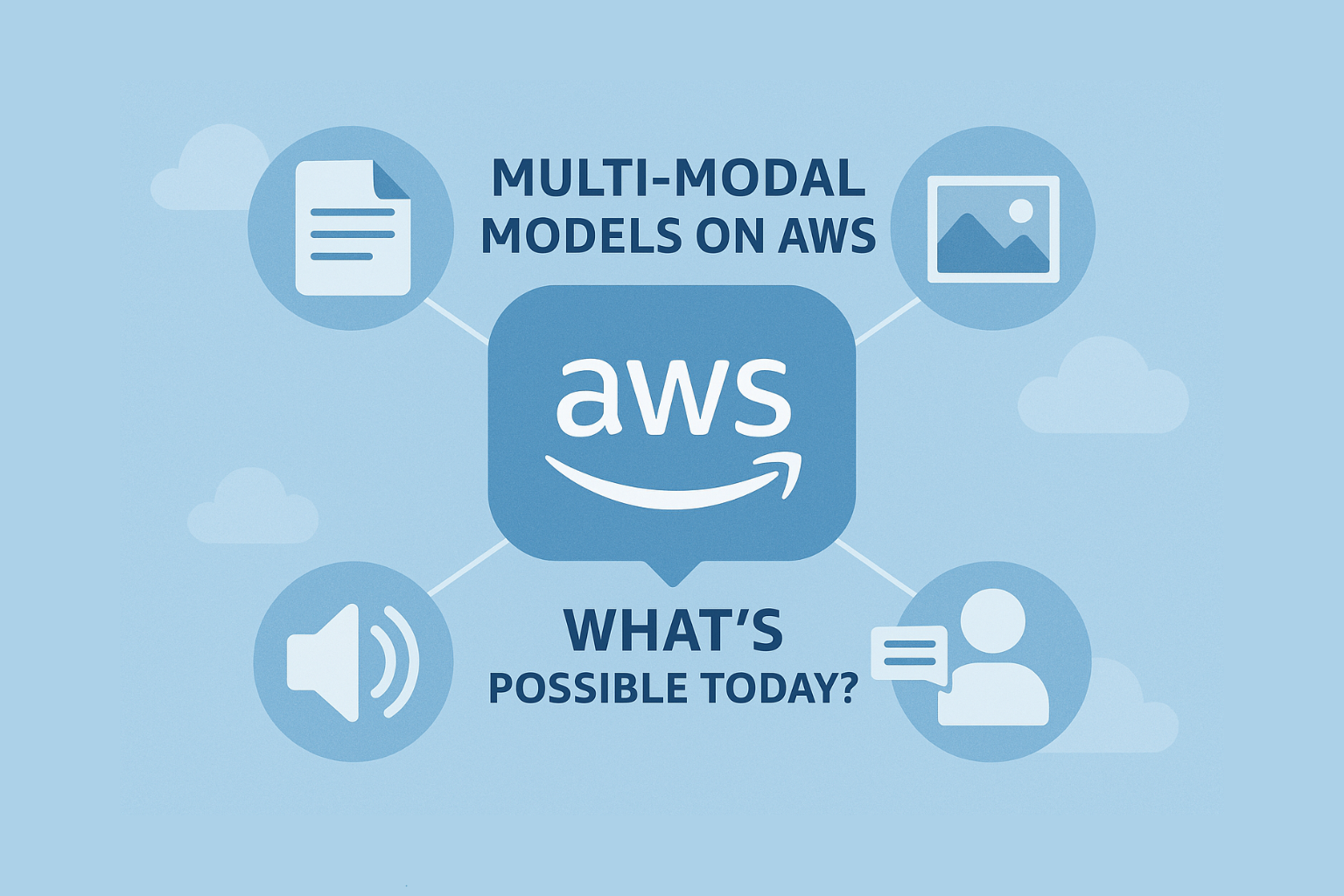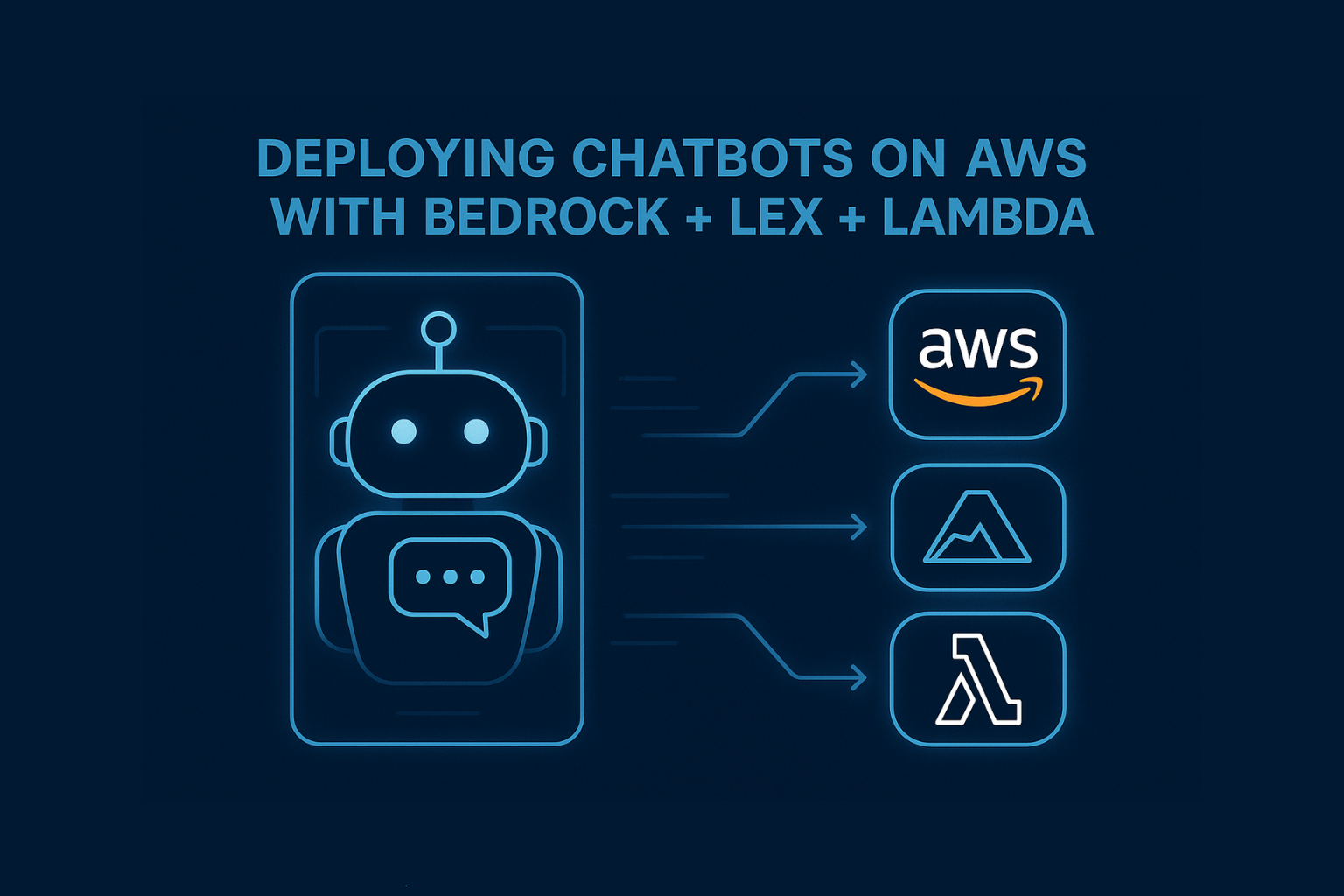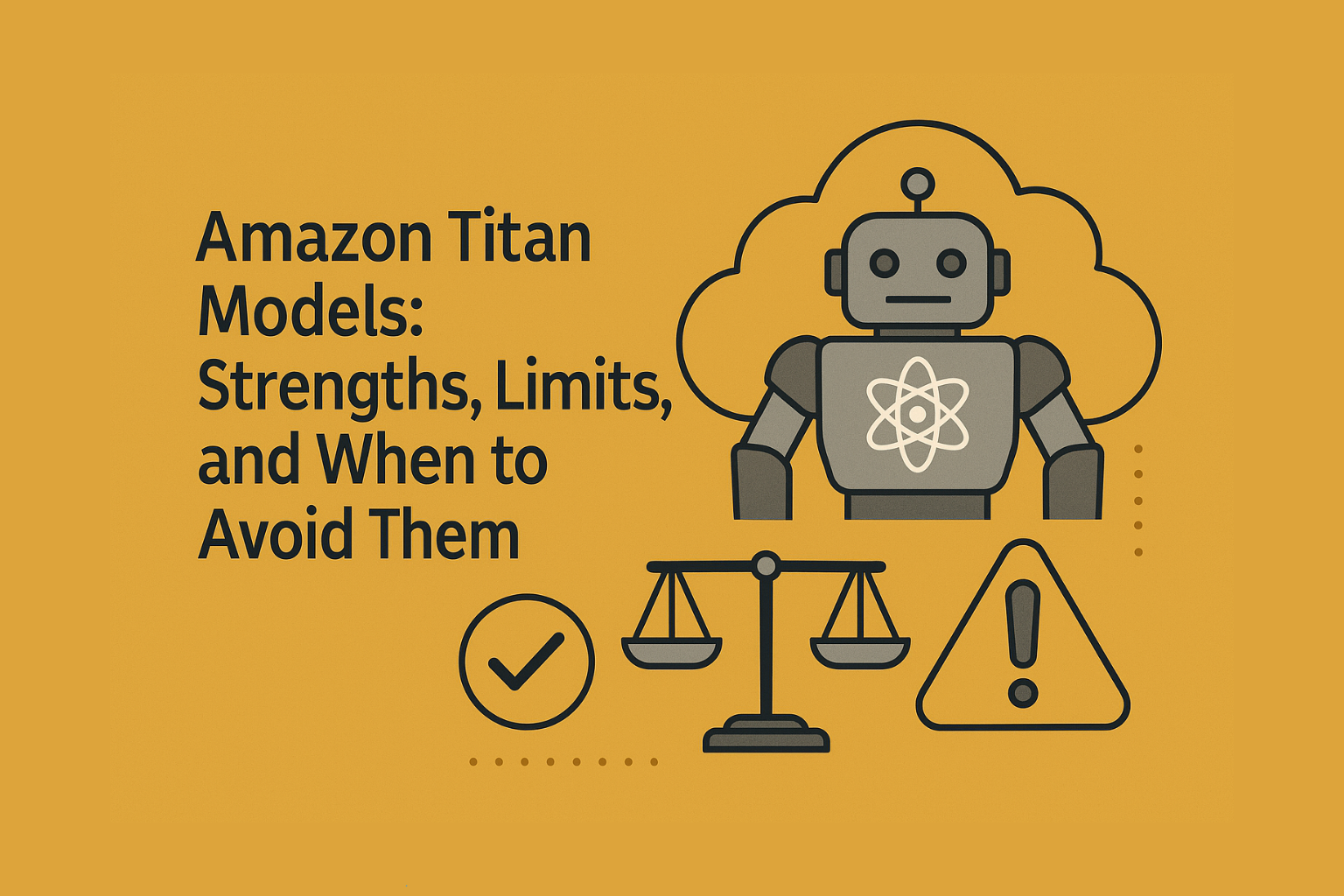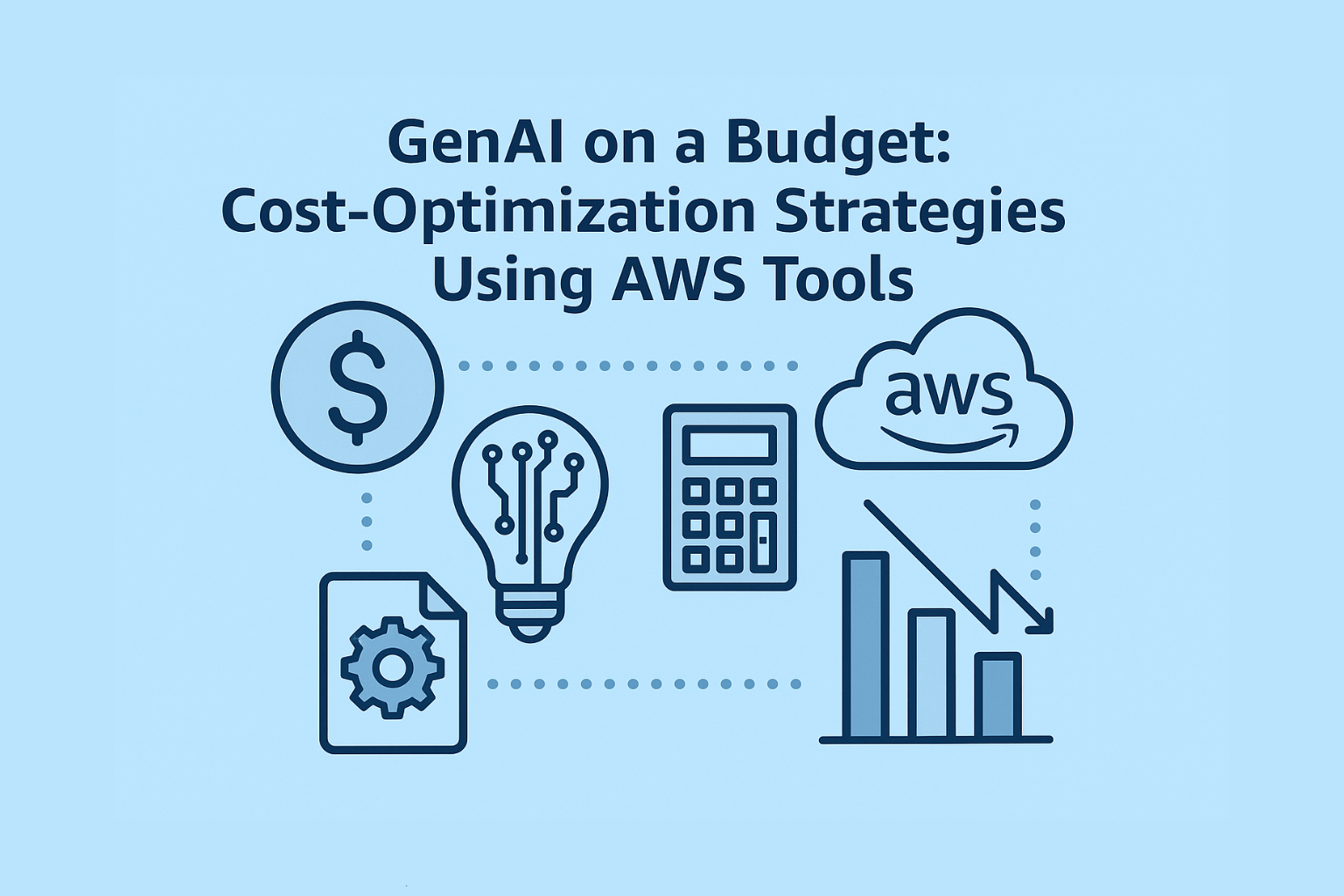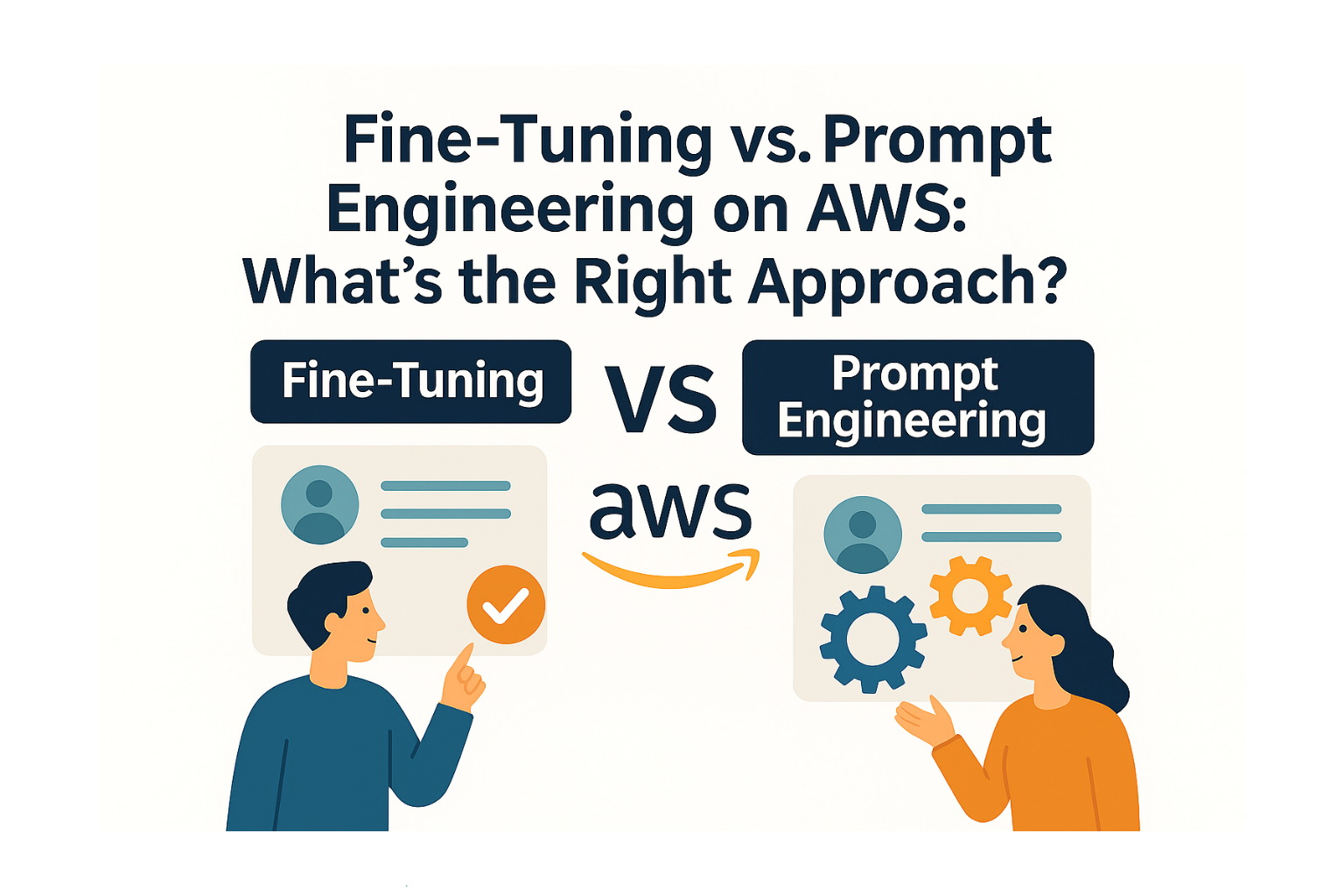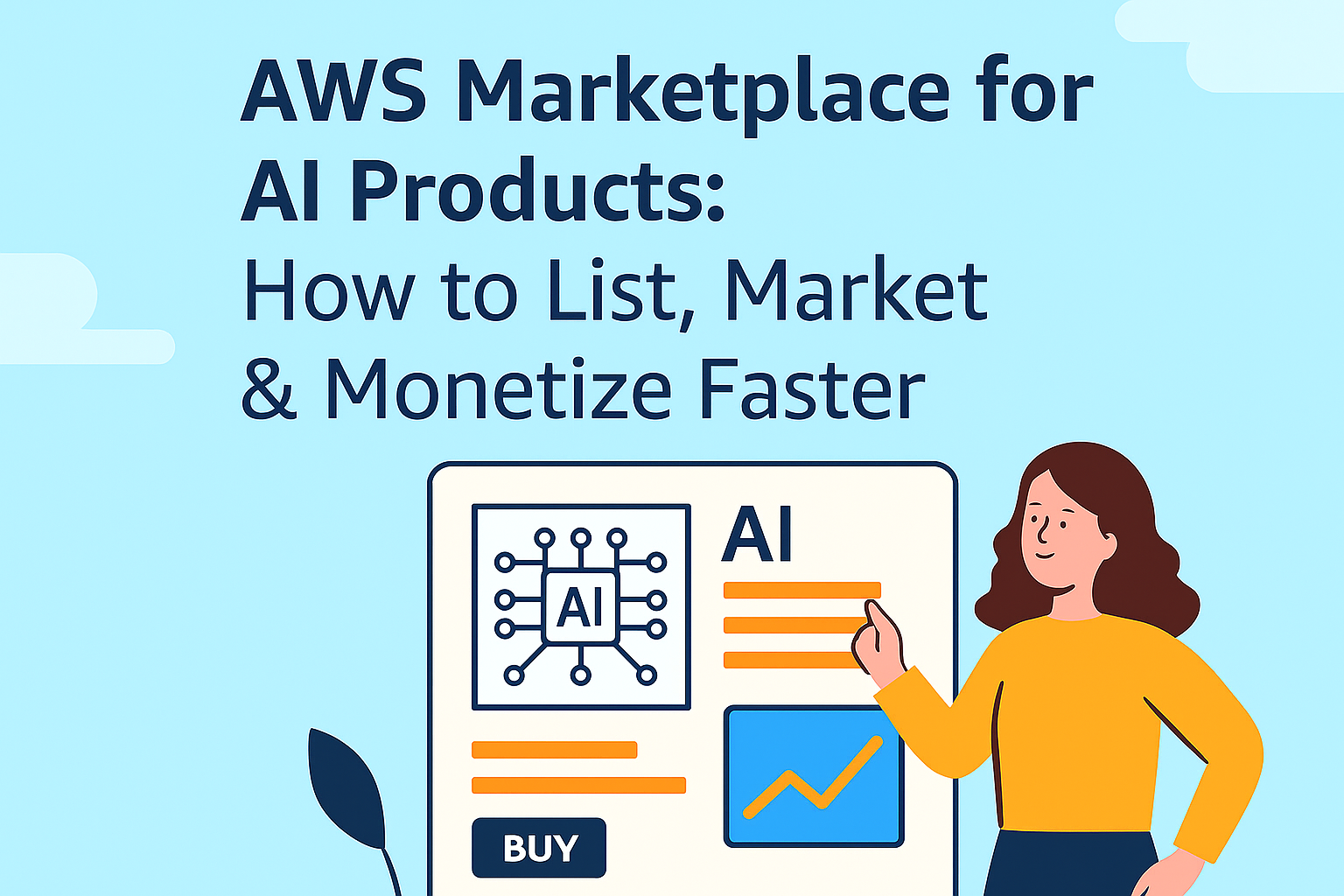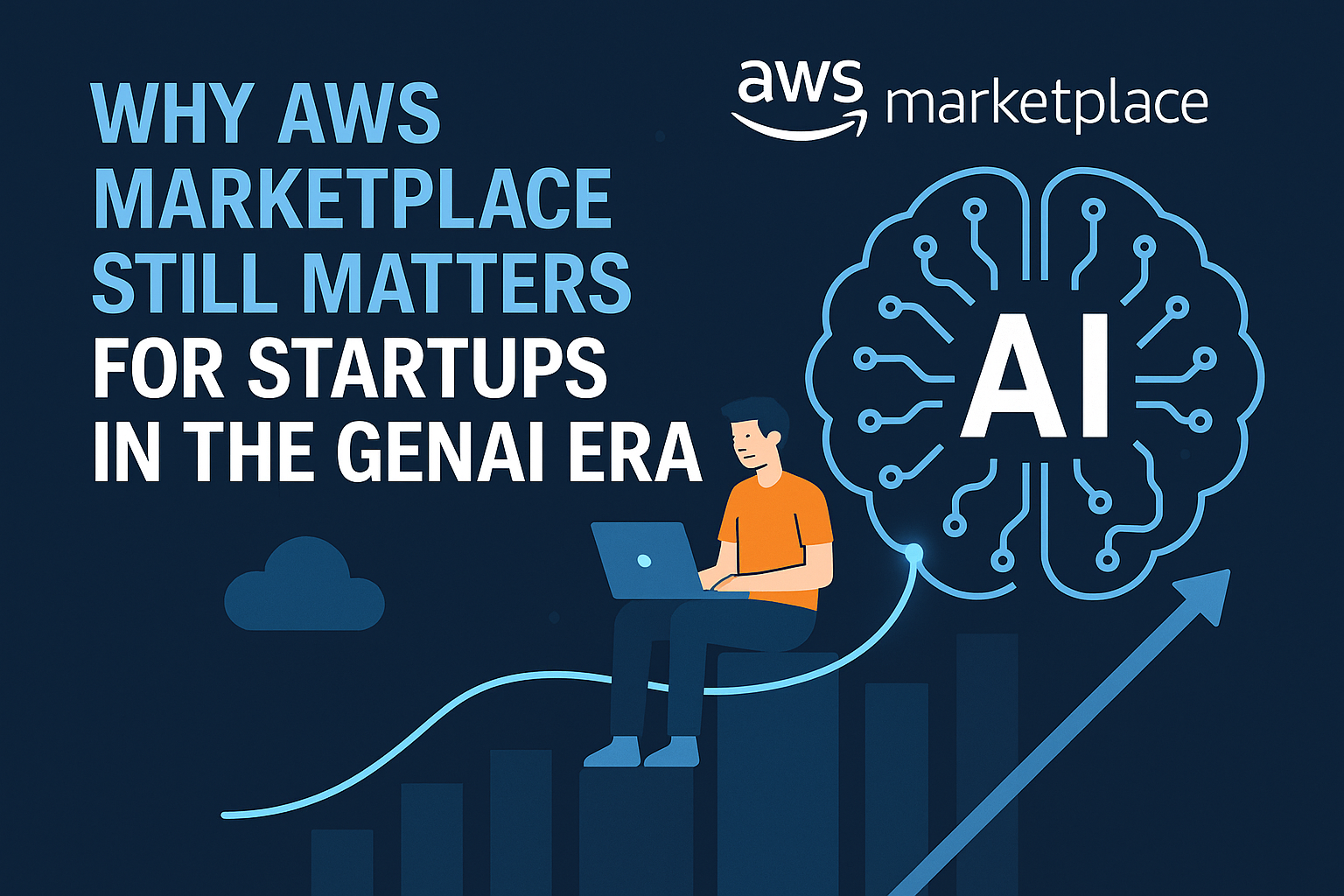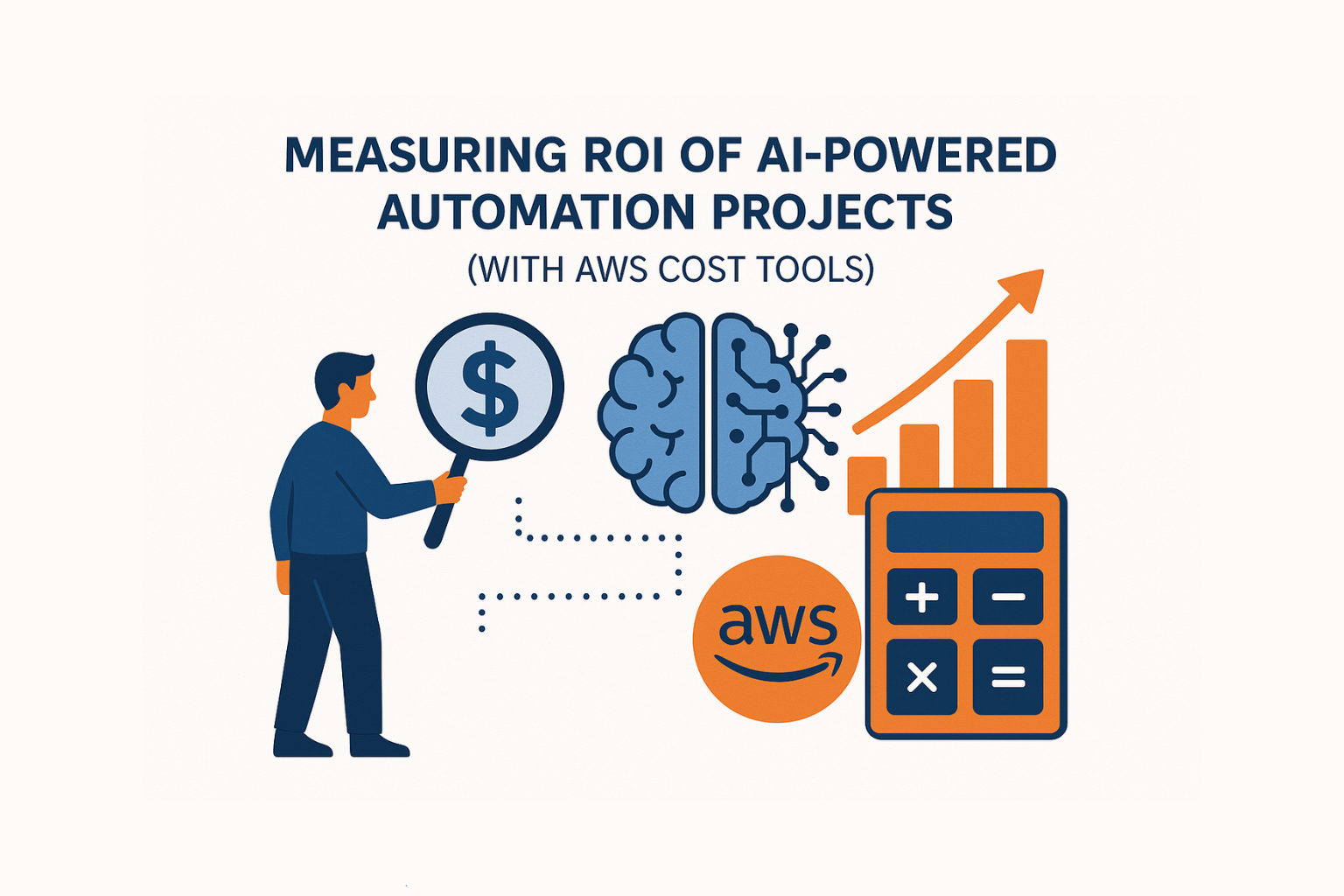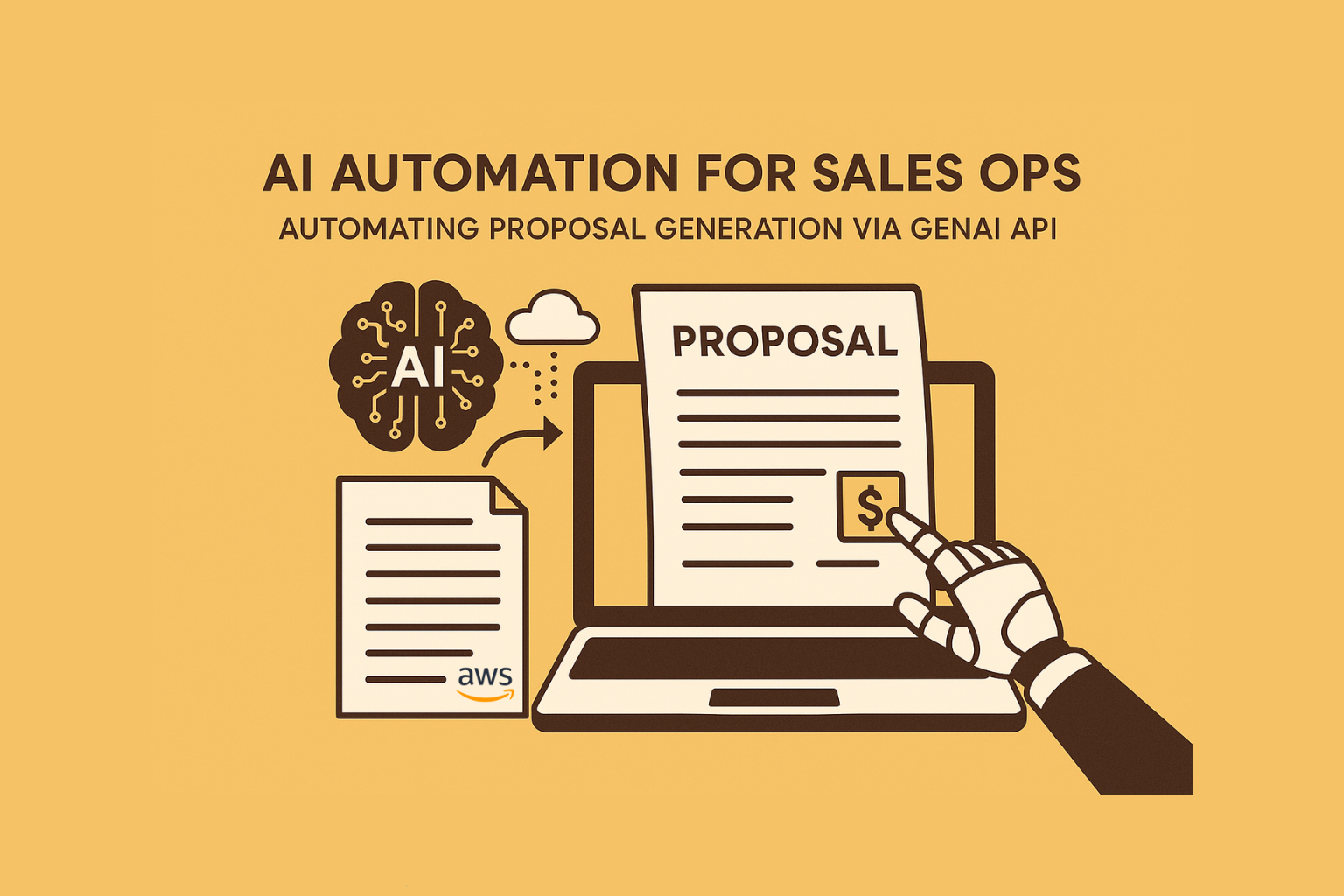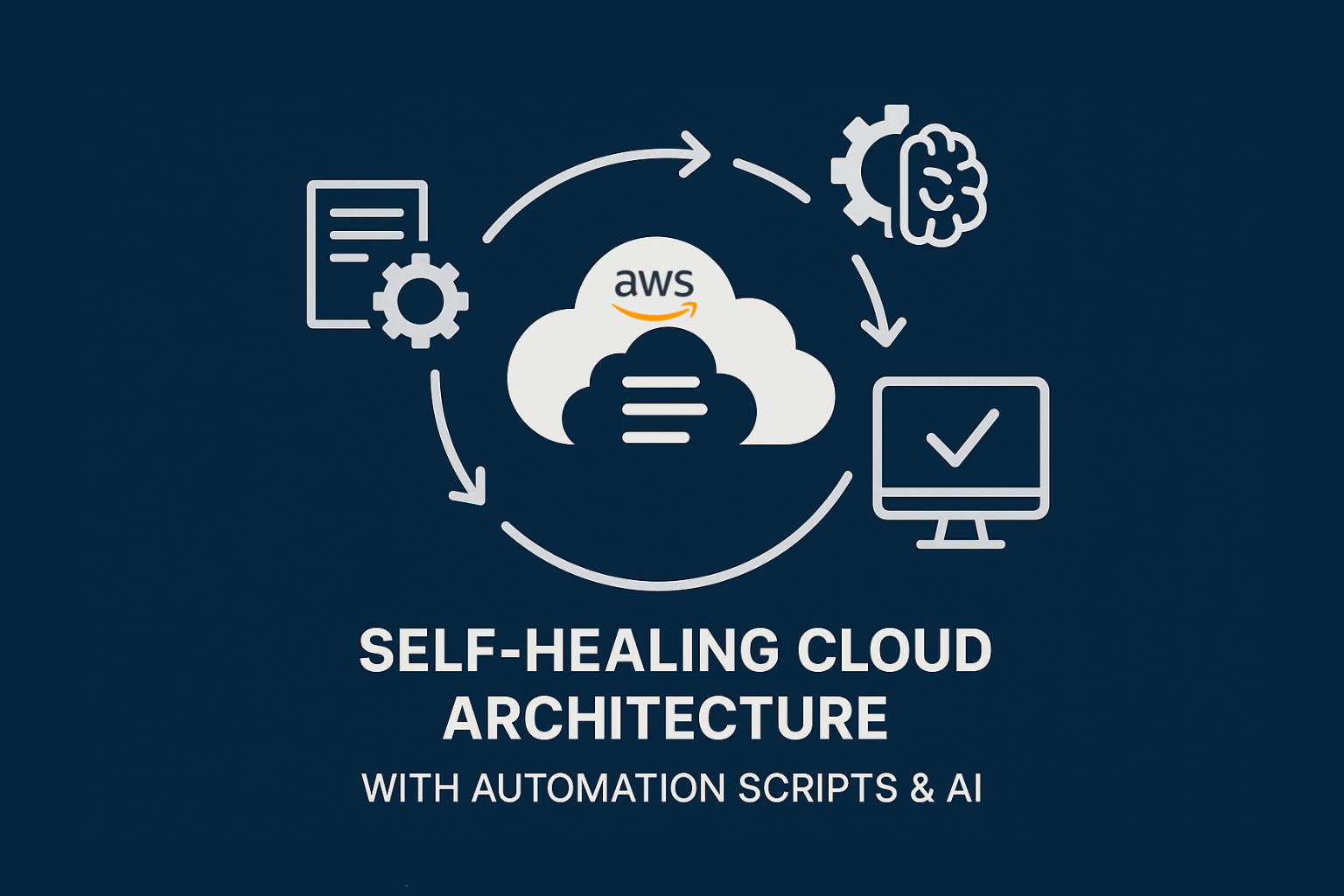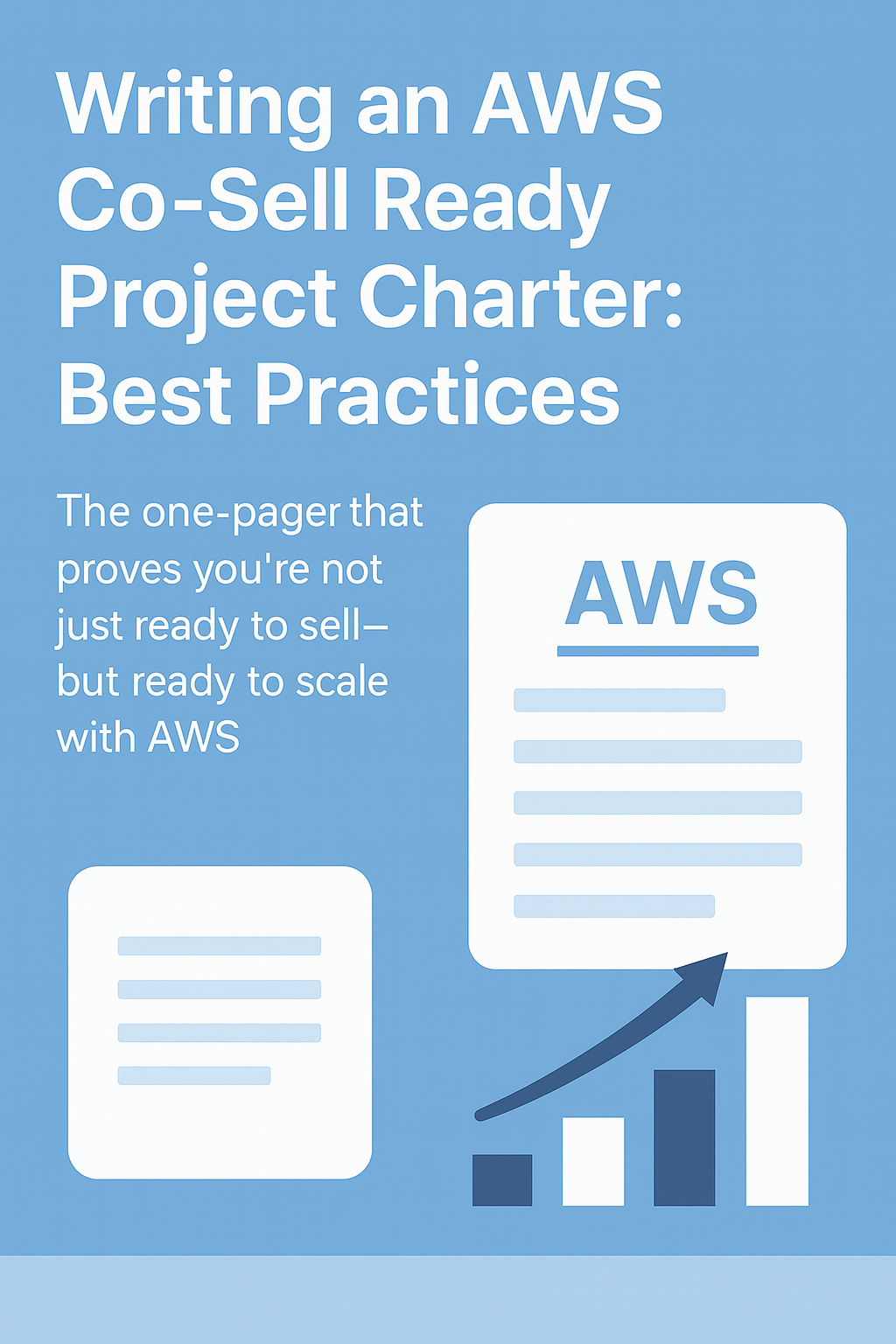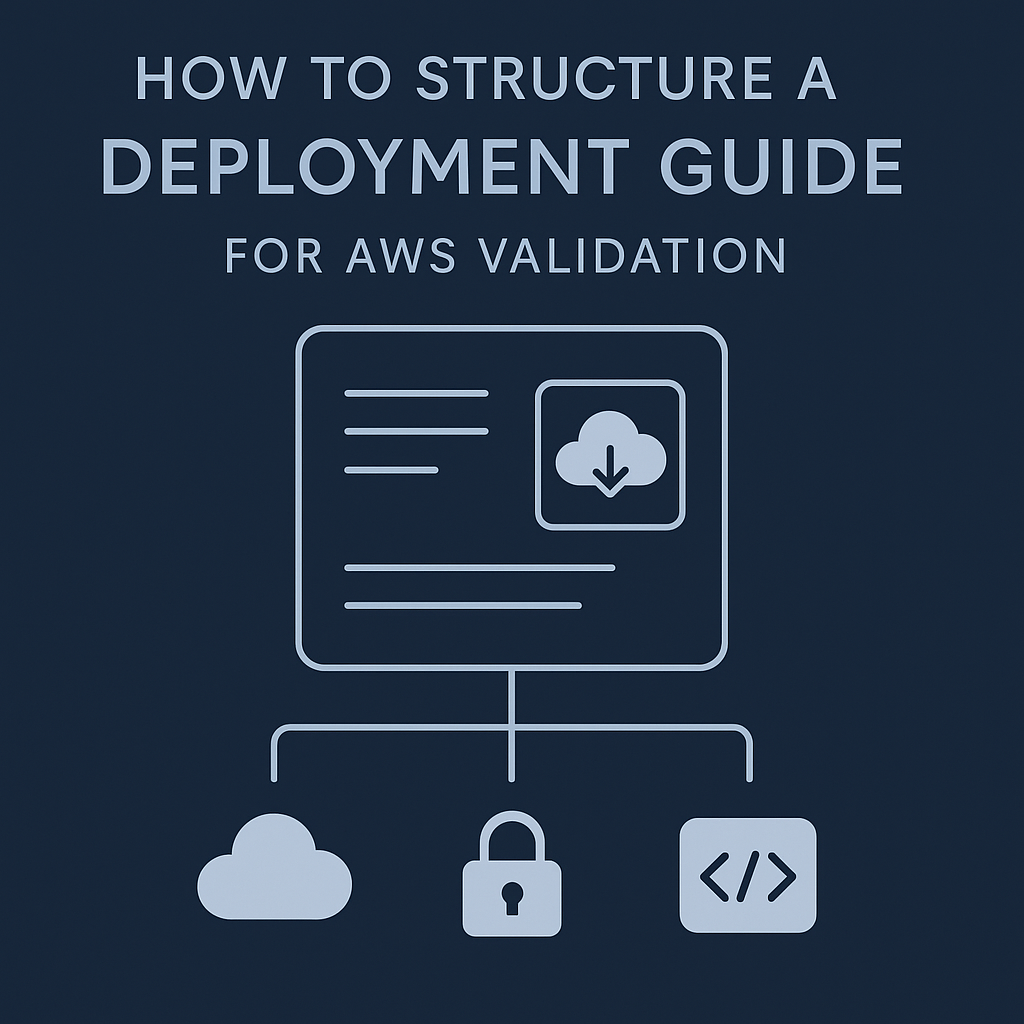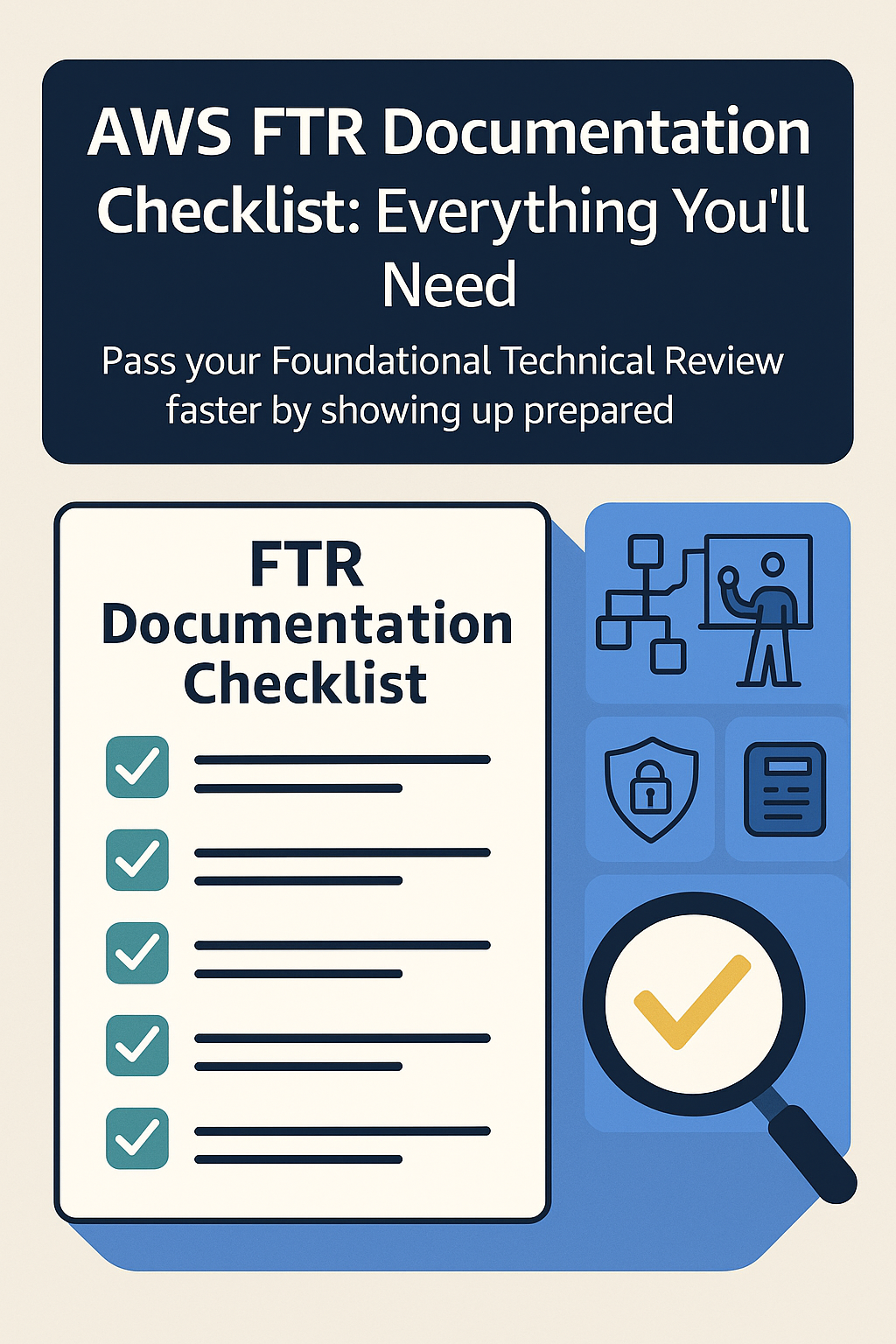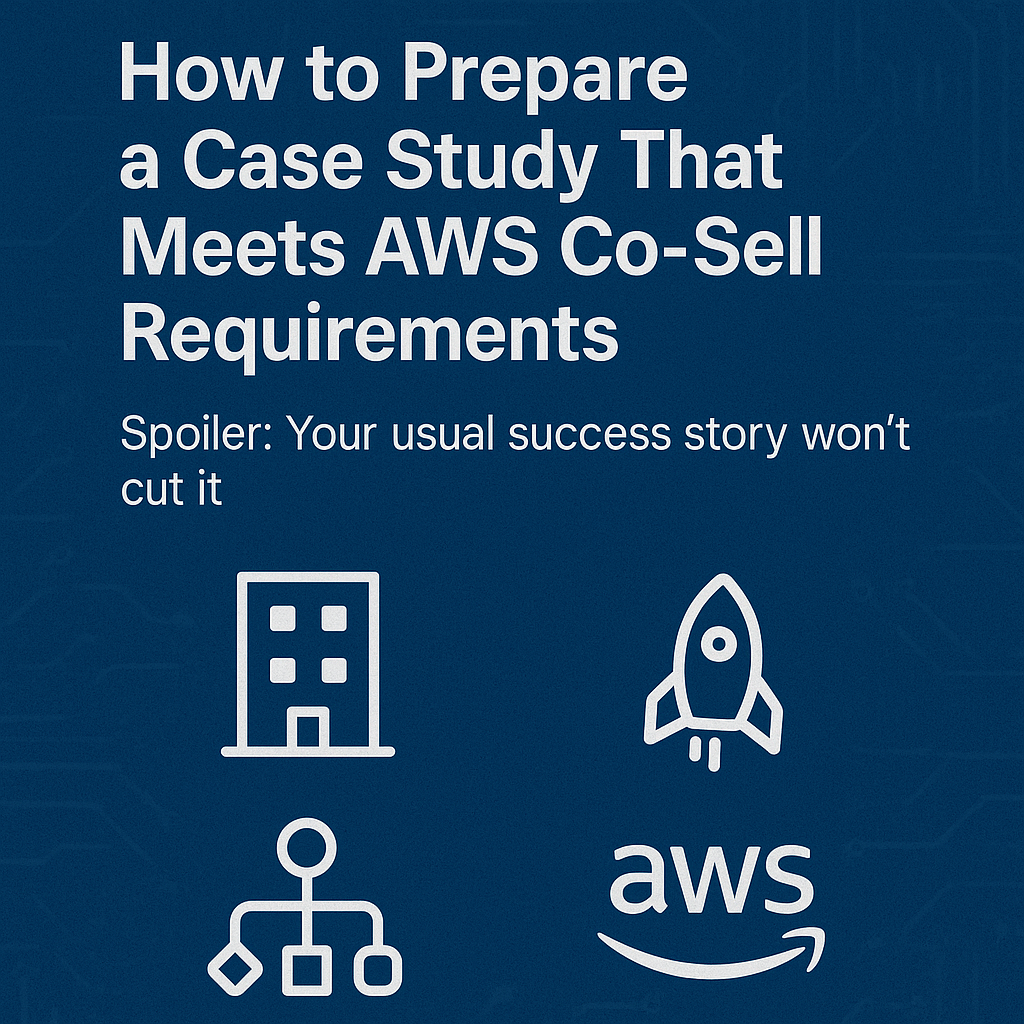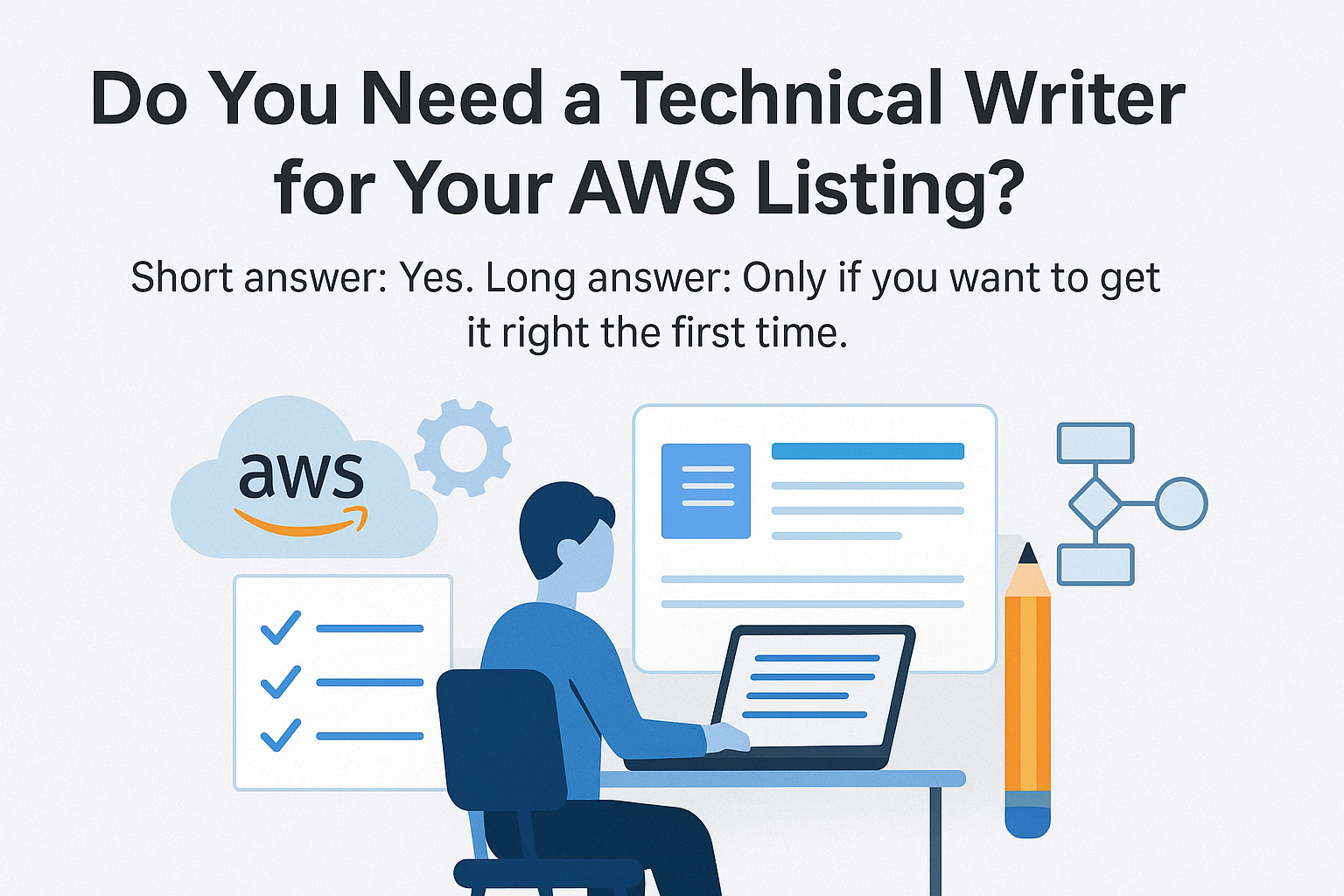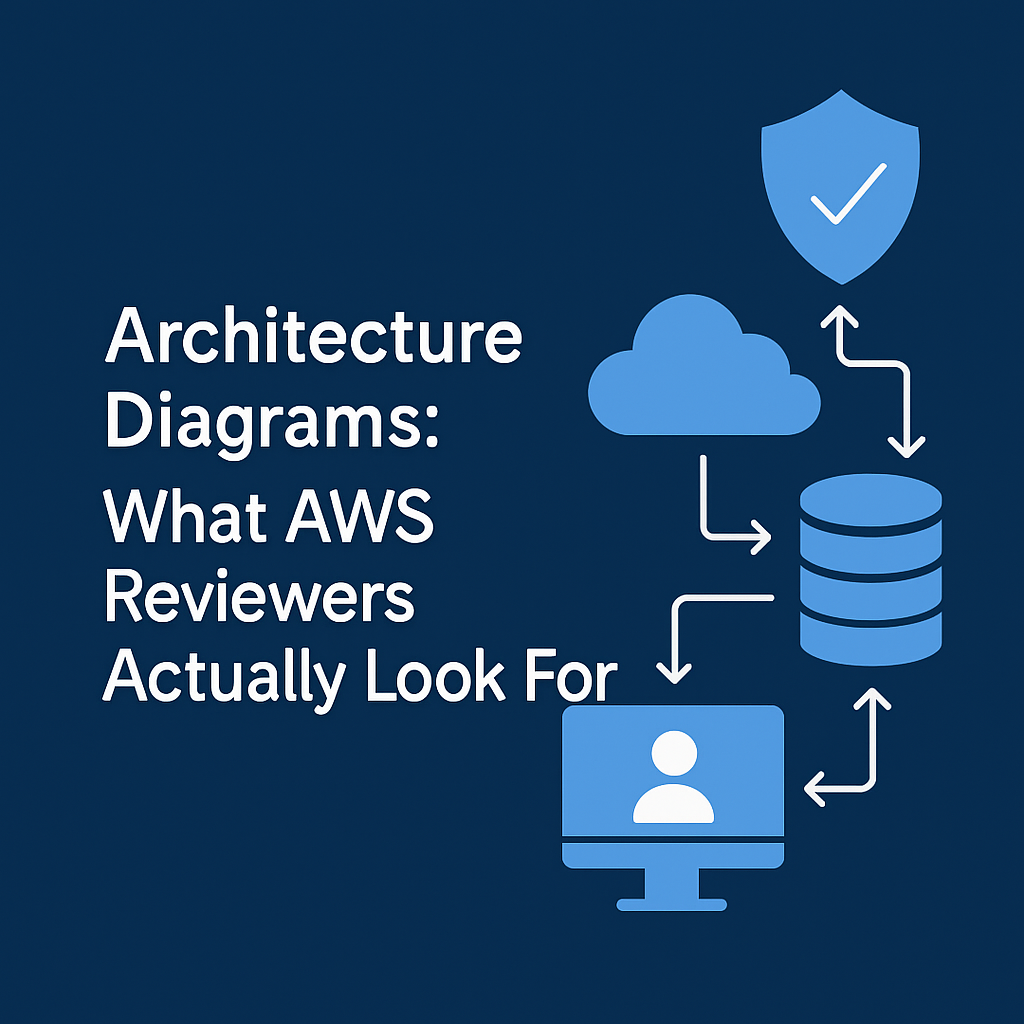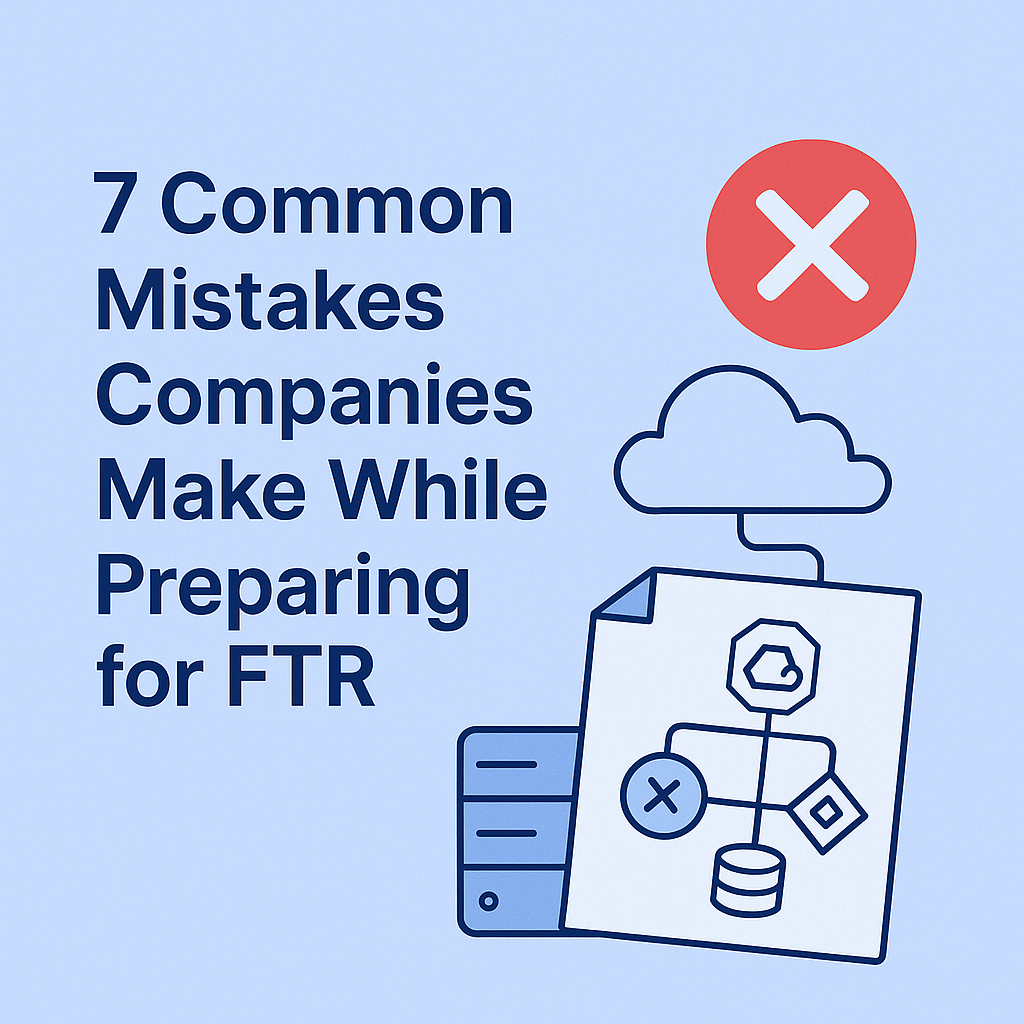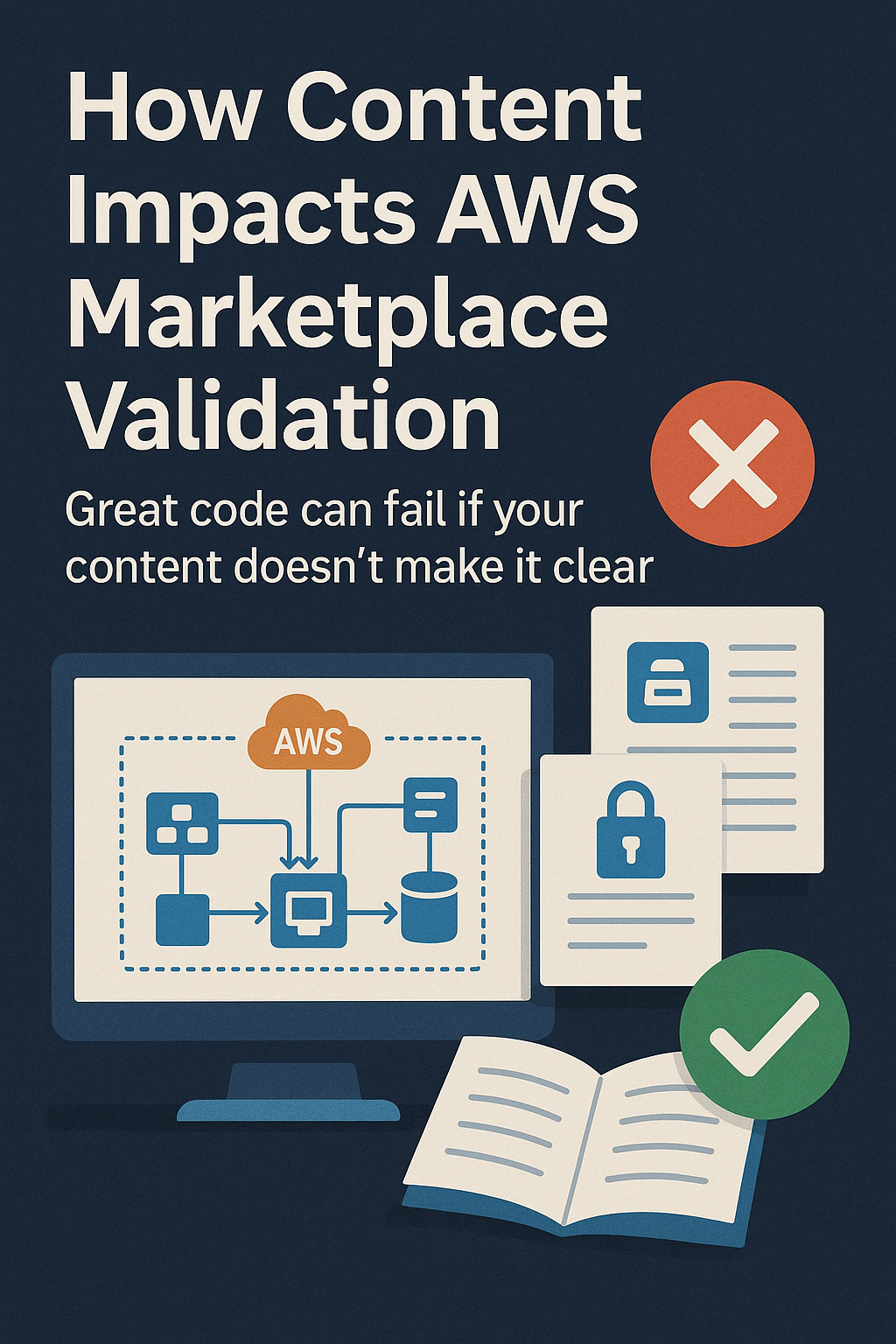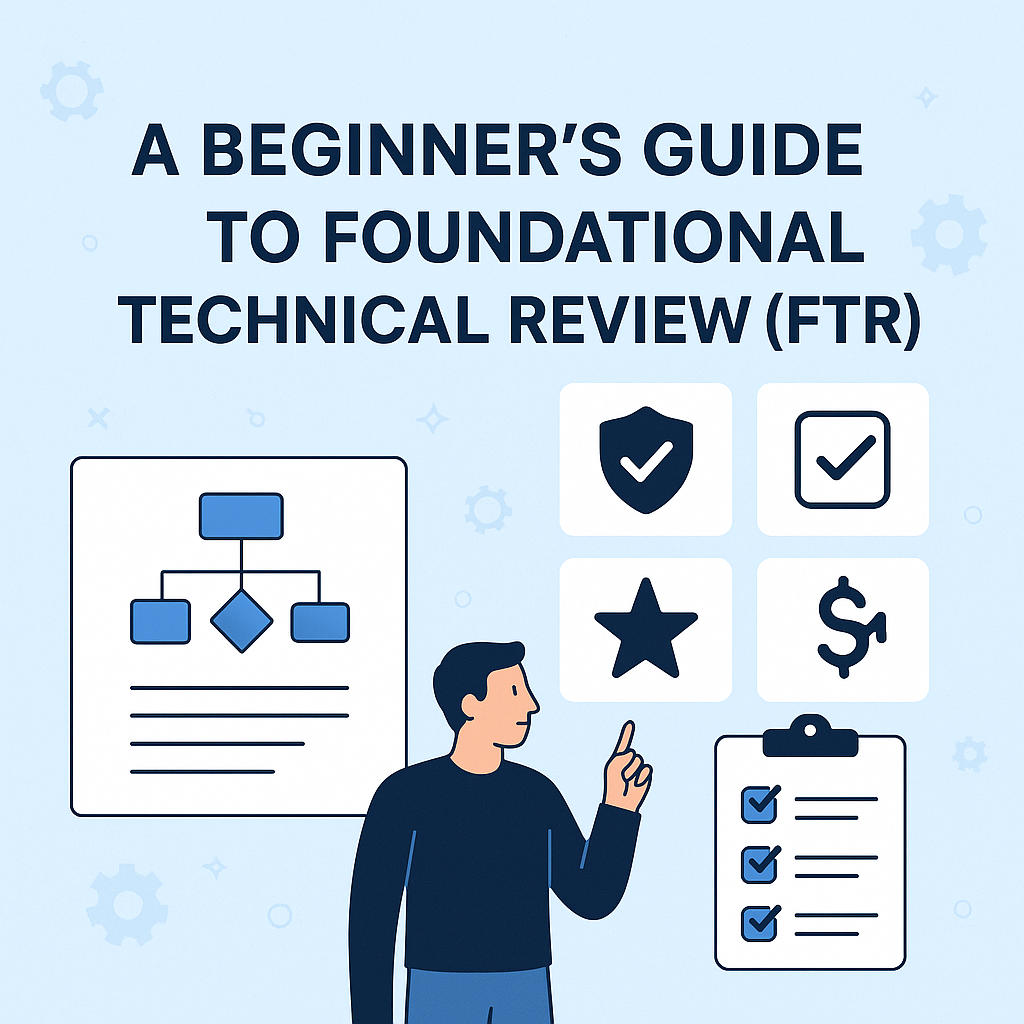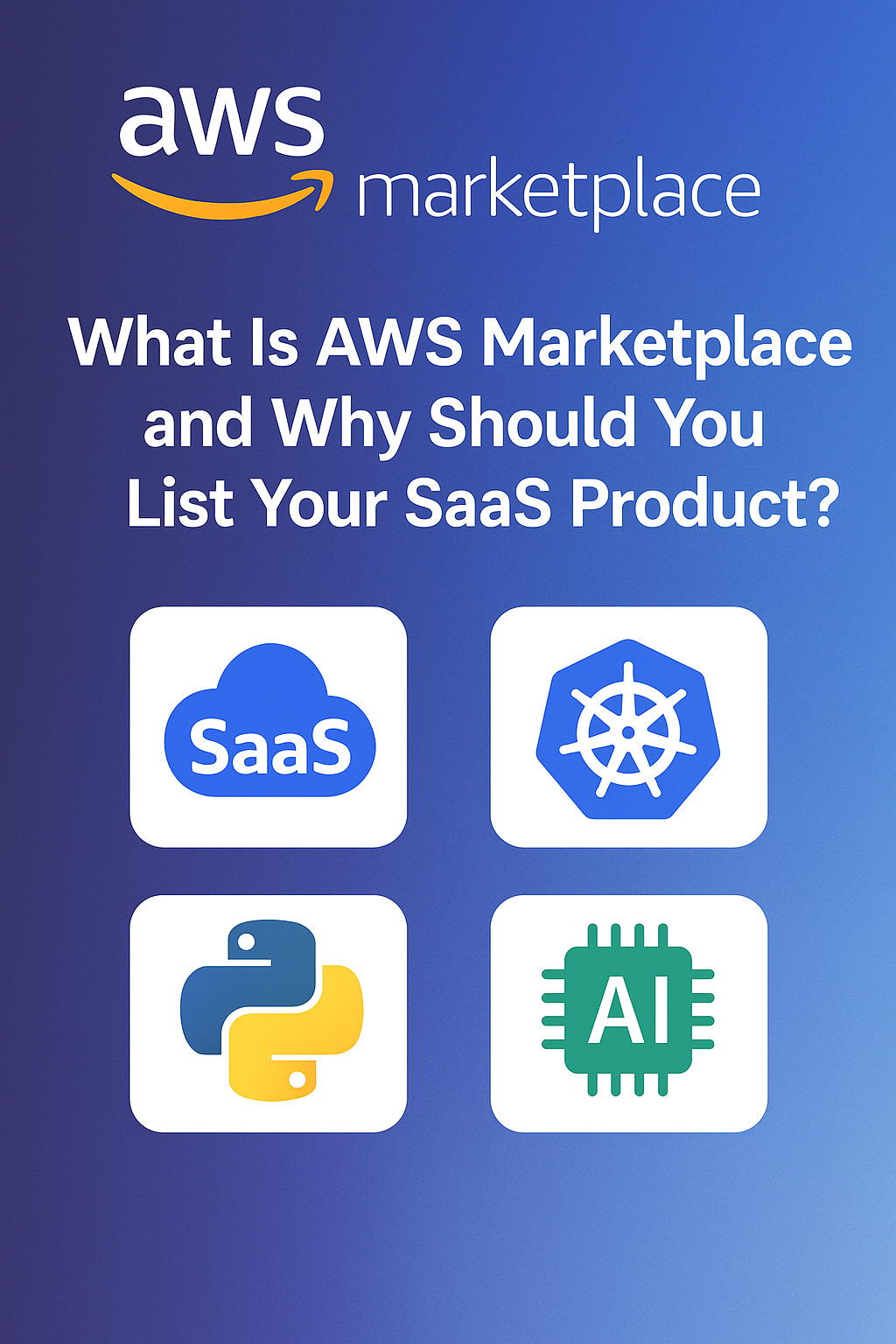Introduction
Large language models are brilliant, but they forget things.
They can’t answer questions about your private docs or industry-specific data unless you fine-tune them or… use RAG.
RAG (Retrieval-Augmented Generation) is the fastest, safest way to make GenAI models useful for your data, without retraining anything.
In this post, we’ll explain how to build a RAG pipeline using AWS-native tools and how to avoid the most common mistakes.
What Is RAG?
Retrieval-Augmented Generation = Search + Generation
Instead of relying on the model’s memory, you retrieve relevant chunks of your data and feed them into the prompt at runtime.
RAG allows you to:
- Use smaller, cheaper models
- Update your “knowledge base” without retraining
- Reduce hallucinations by grounding answers in real data
Core Components of a RAG System on AWS
| Step | AWS Service |
|---|---|
| 1. Store Documents | Amazon S3 |
| 2. Chunk & Embed | Titan Embeddings (via Bedrock) or SageMaker |
| 3. Vector DB | Amazon OpenSearch + KNN or RDS + pgvector |
| 4. Query + Retrieve | Lambda or LangChain on Bedrock |
| 5. Generate Answer | Amazon Bedrock (Claude, Titan, etc.) |
| 6. Output to UI | API Gateway, AppSync, or Lex |
RAG Pipeline Example
Let’s say you want to build a policy assistant that can summarize and answer questions about internal HR policies.
Architecture:
- Upload docs → S3
- Extract + chunk → Lambda
- Embed chunks → Titan Embeddings
- Store in OpenSearch
- User sends question → Lambda embeds it → retrieves top 5 similar chunks
- Chunks injected into prompt → Bedrock (Claude/Titan) generates answer
- Answer returned via REST or chatbot
No model training. Just smart prompt augmentation.
Best Practices for Building RAG on AWS
1. Use Metadata in Vector DB
- Add tags like doc_id, section, source
- Helps with filtering and audit trails
2. Keep Chunks ~200–500 tokens
- Too long = wasted tokens
- Too short = no context
- Aim for semantic balance
3. Preprocess With Purpose
- Remove headers, boilerplate, repeated phrases
- Use tools like LangChain’s RecursiveCharacterTextSplitter
4. Use Prompt Templates with Guardrails
Add instructions like:
“Only answer using the provided documents. If unsure, say you don’t know.”
Combine with Bedrock Guardrails for tone & output control
5. Log & Evaluate
Track:
- Retrieval accuracy (was the answer in the context?)
- Response quality (helpful, safe, accurate?)
- Cost per query
- Use CloudWatch or Bedrock logs to monitor
Common RAG Pitfalls to Avoid
- Injecting irrelevant or low-quality chunks
- Not including source metadata in output
- Using vector search without re-ranking
- Prompt too vague (leads to hallucination)
- Underestimating context window/token limits
Bonus: Tools to Accelerate RAG on AWS
- LangChain + Bedrock
- Bedrock Agents (Preview)
- Haystack for pipeline orchestration
- SageMaker Ground Truth for data labeling
- OpenSearch ML Inference + scoring
Conclusion
RAG is the bridge between foundation models and your data.
And on AWS, it’s easier than ever to build securely, scalably, and cost-efficiently.
Want GenAI that actually answers questions?
Build a RAG pipeline and stop hallucinating.
